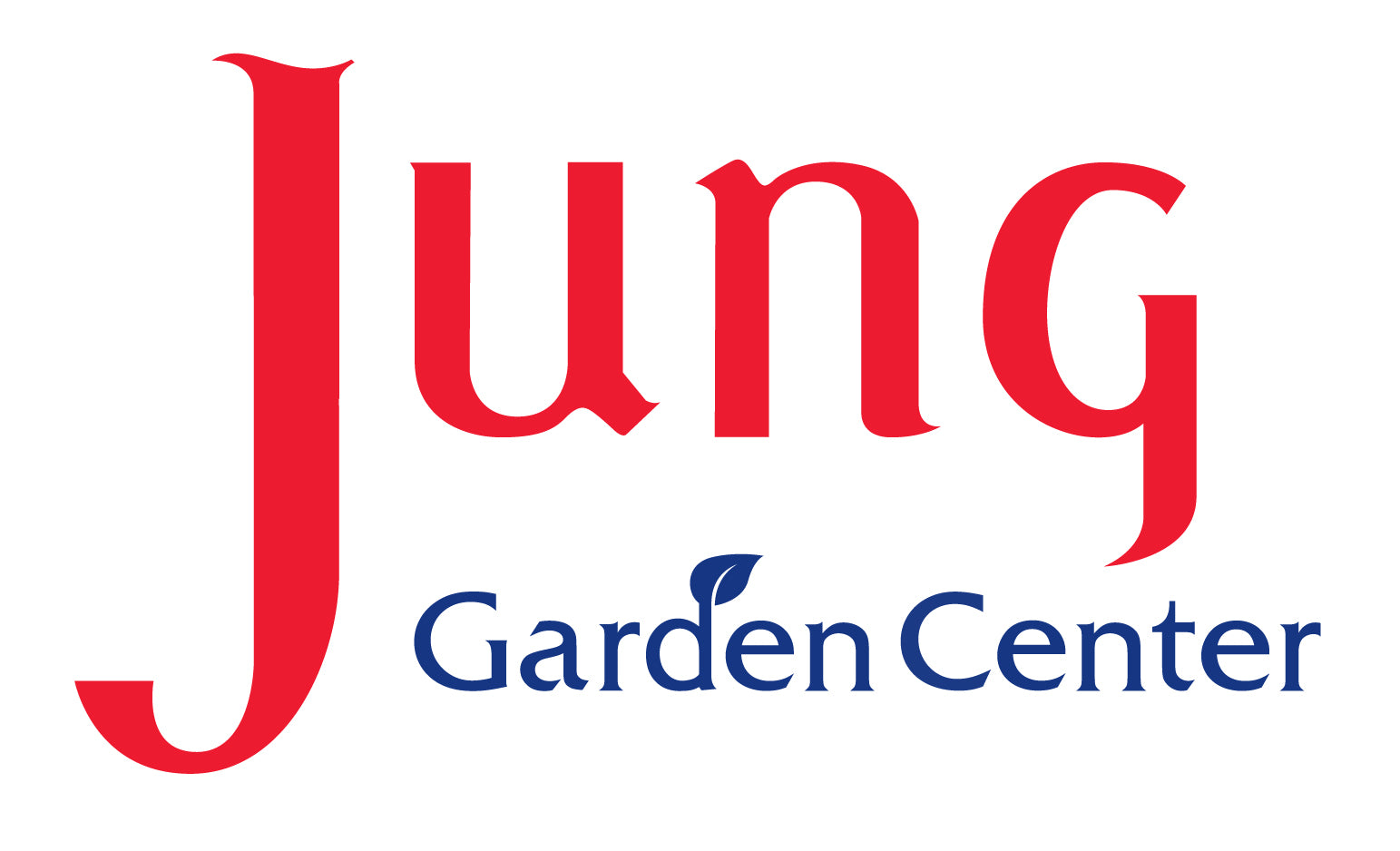Bare Root Rooms Open Friday, April 5
Mark your calendars, our bare root rooms will open on April 5!
Please note that our Stoughton location will have a limited selection that will include the most popular fruit trees and small fruits (raspberries, blueberries, etc.).
All stores, including Stoughton, will carry and begin selling, when available, our root crops including potatoes, onion sets, onion plants, rhubarb, garlic, asparagus and strawberries. All stores will also sell summer-blooming bulbs such as dahlias, cannas, begonias, gladiolas and lilies as they become available.
Stop and shop at your local Jung Garden Center today for all your bare root needs!
Berries
-
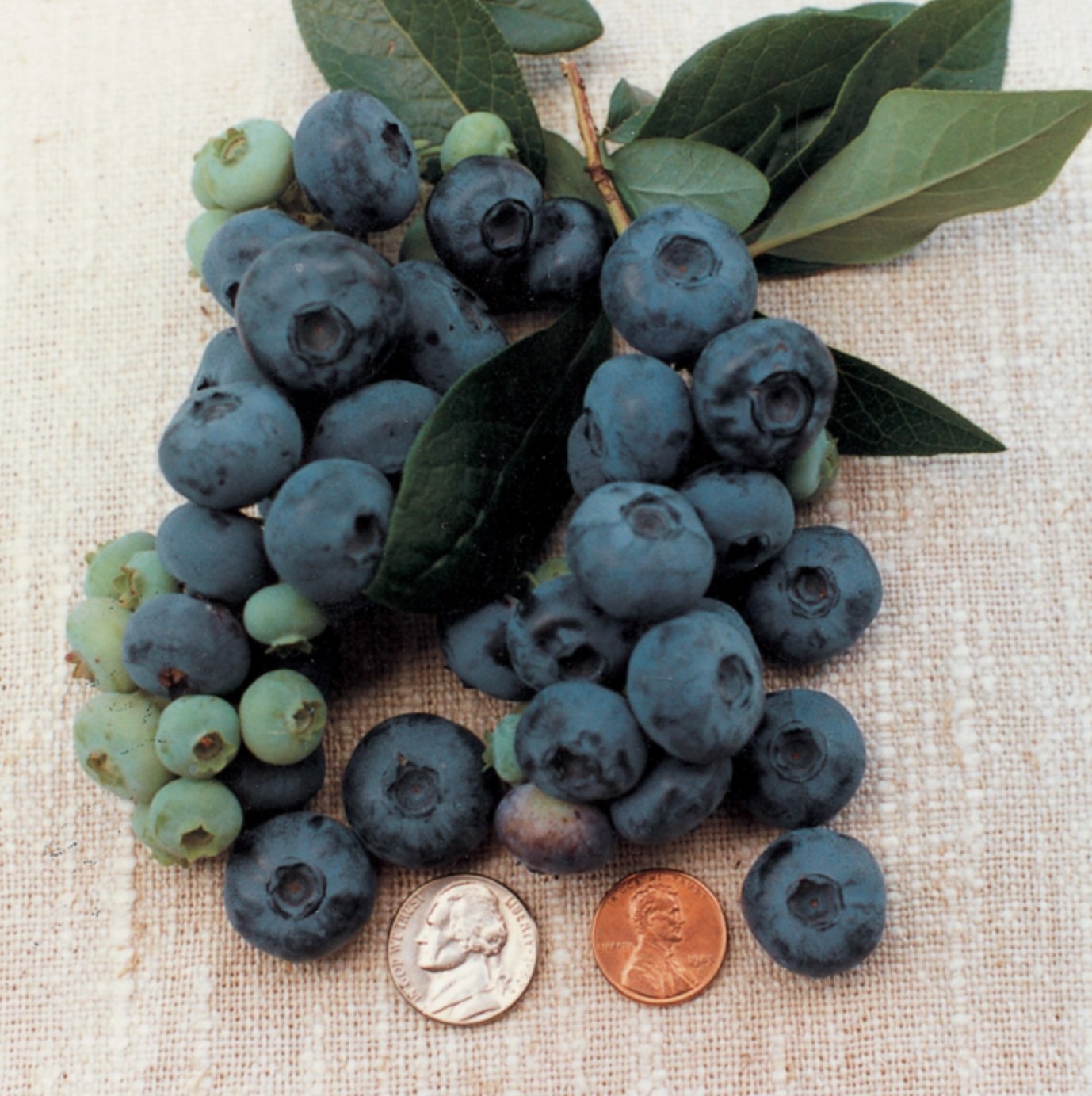
Patriot Blueberry
Zones 3-7 Giant-size berries and super-hardy plants. The berries are very large and firm with good flavor for fresh use, preserves, or freezing. Has fiery orange fall foliage. Adapts to many soil types.
-
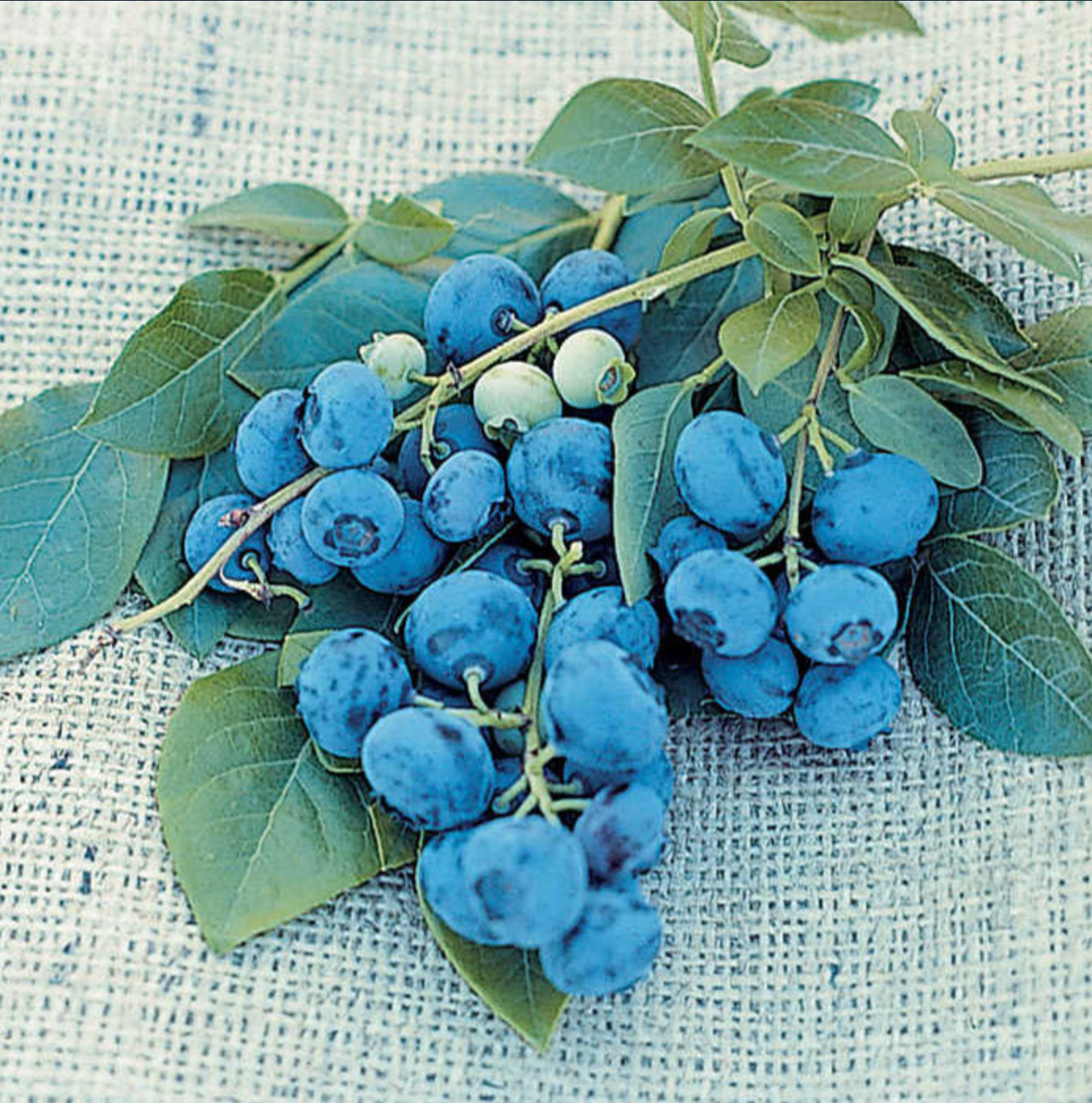
Blueray Blueberry
Zones 4-7 Big crops of big berries! One of the best known midseason varieties. Produces big clusters of large, high quality, powder-blue fruits with truly delicious flavor. Beautiful burgundy fall color.
-
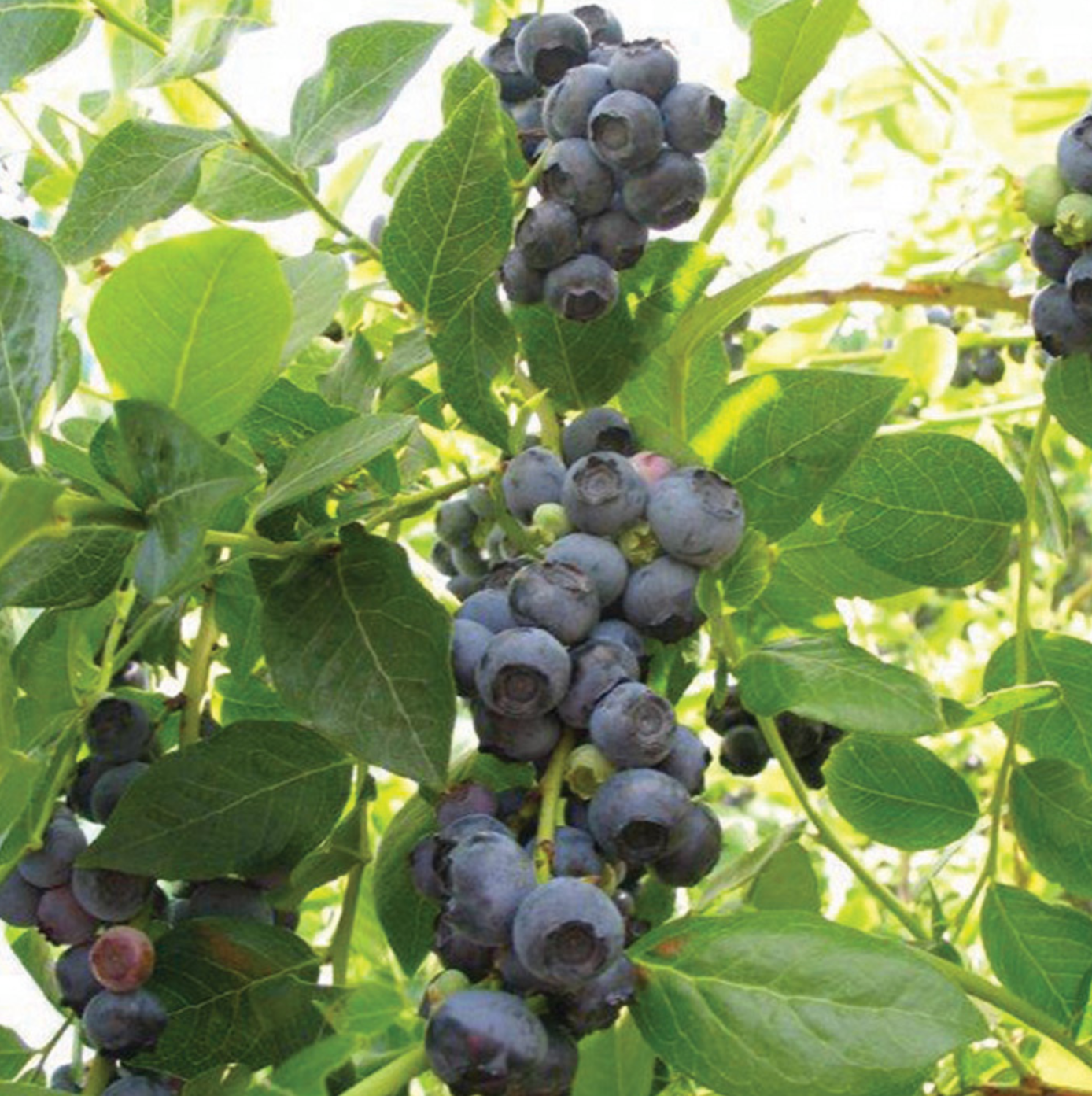
Northland Blueberry
Zones 3-7 Outstanding hardiness. Grow blueberries even in northern Wisconsin and upper Michigan. Highly productive, yielding up to 12 pounds or more of fruit per plant. Dark blue, small to medium fruits have rich, wild berry flavor. Matures early. Blossoms will tolerate a light frost.
-
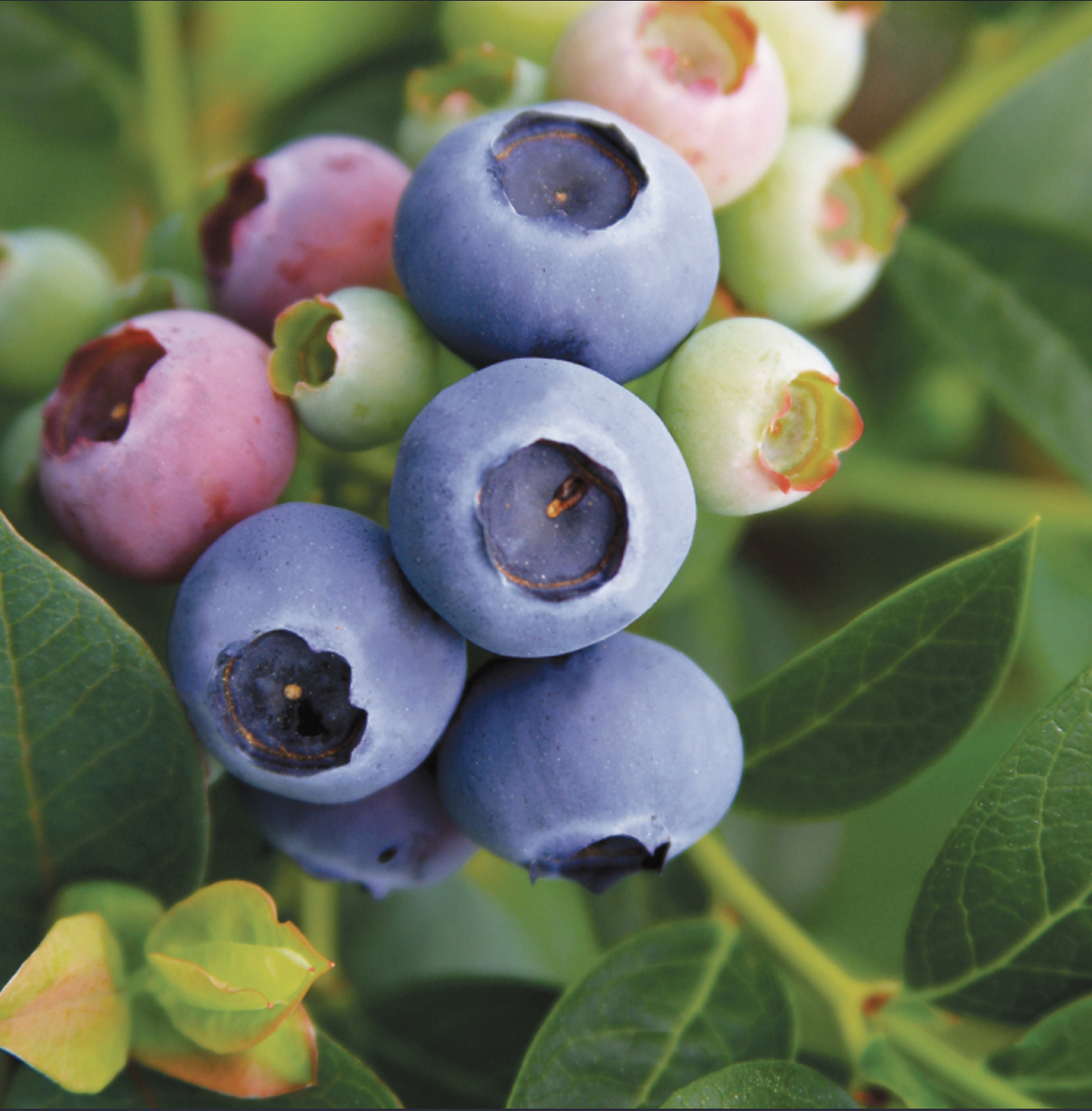
Reka Blueberry
Hailing from New Zealand, this blueberry is said to be the fastest growing and most adaptable variety currently available. Vigorous 4 to 6 foot plants perform well in a wide variety of soil types, from light and sandy to heavier clay, and even wetter ground than many other varieties. The medium to large dark blue fruits ripen in abundance early in the season and have an exceptional, rich flavor that is ideal for fresh eating. Lush green foliage turns burgundy-red in fall.
-
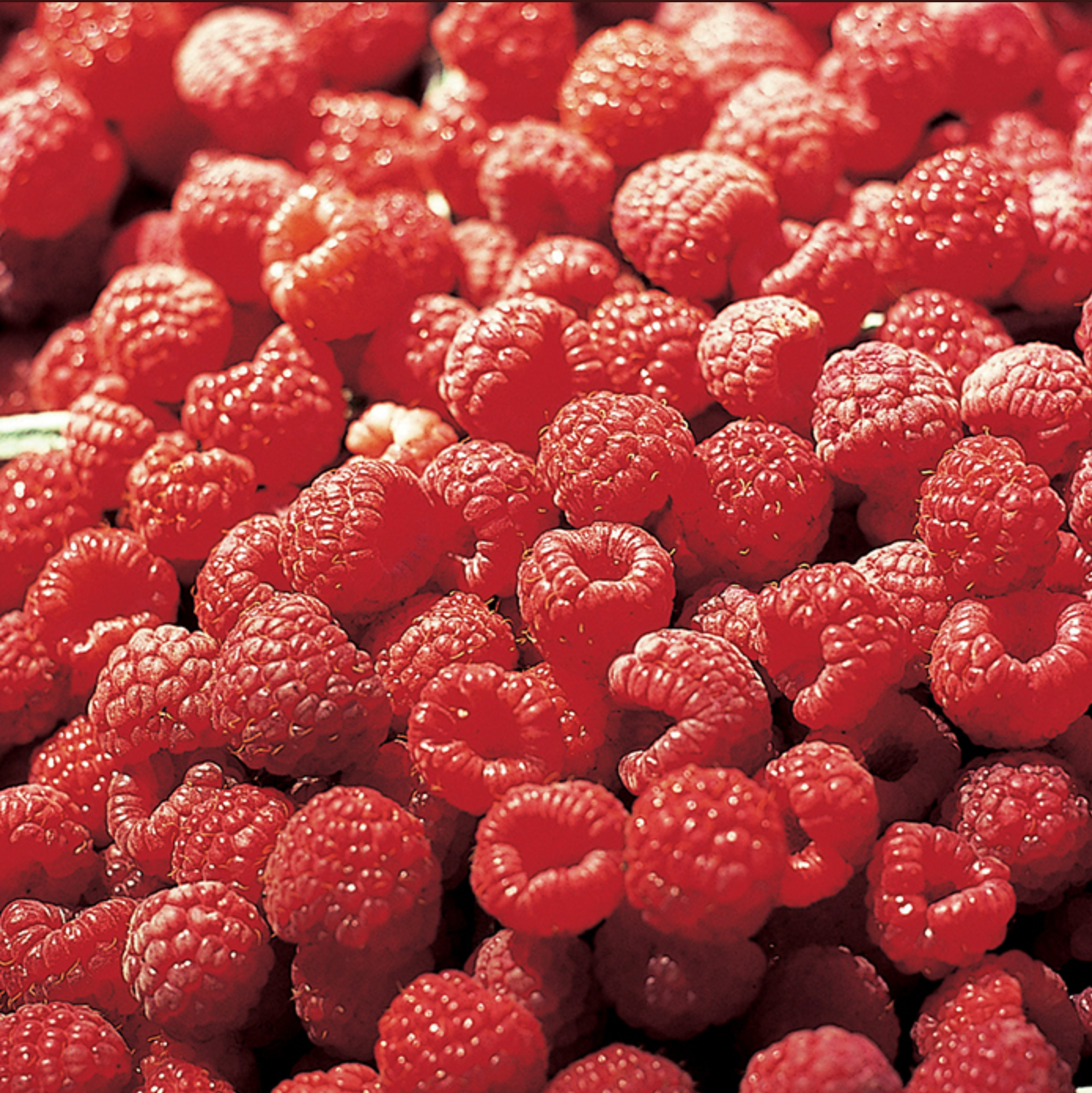
Latham Raspberry
Our top seller since 1922!
After many years Latham remains the most widely planted summer bearing red raspberry. Fruits are sweet and excellent for jams, jellies, fresh use and freezing. Latham's outstanding yields and high quality berries make it unquestionably one of the most profitable varieties for either the home or market garden. Hardy even as far north as Canada.
-
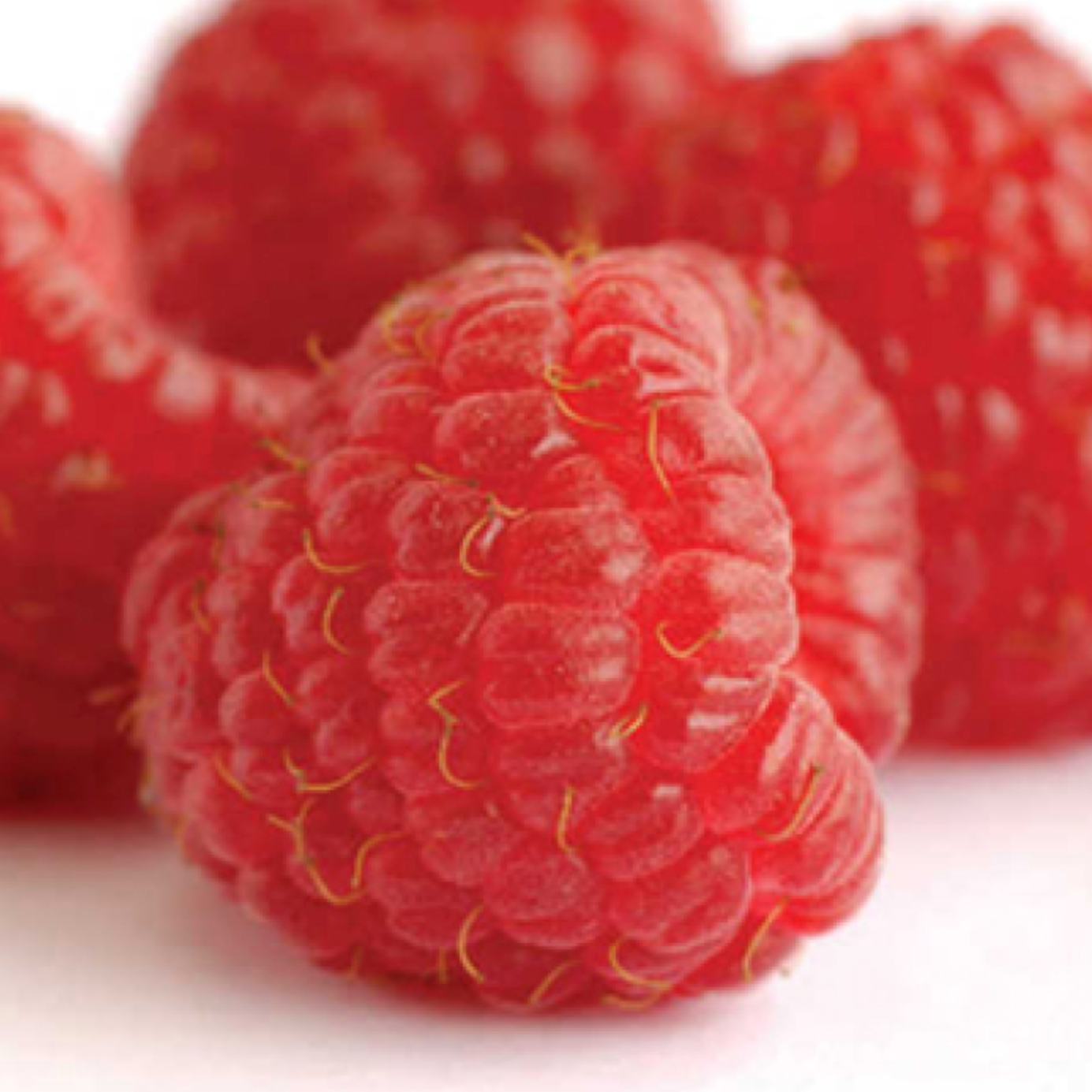
Heritage Raspberry
Our top-selling fall bearing variety. This time-tested cultivar has vigorous upright canes that require little staking. Easy to pick fruits are large, bright red, and firm. Plants set out in spring often produce a light crop of fruit the first fall. Ripens from late August until frost.
-
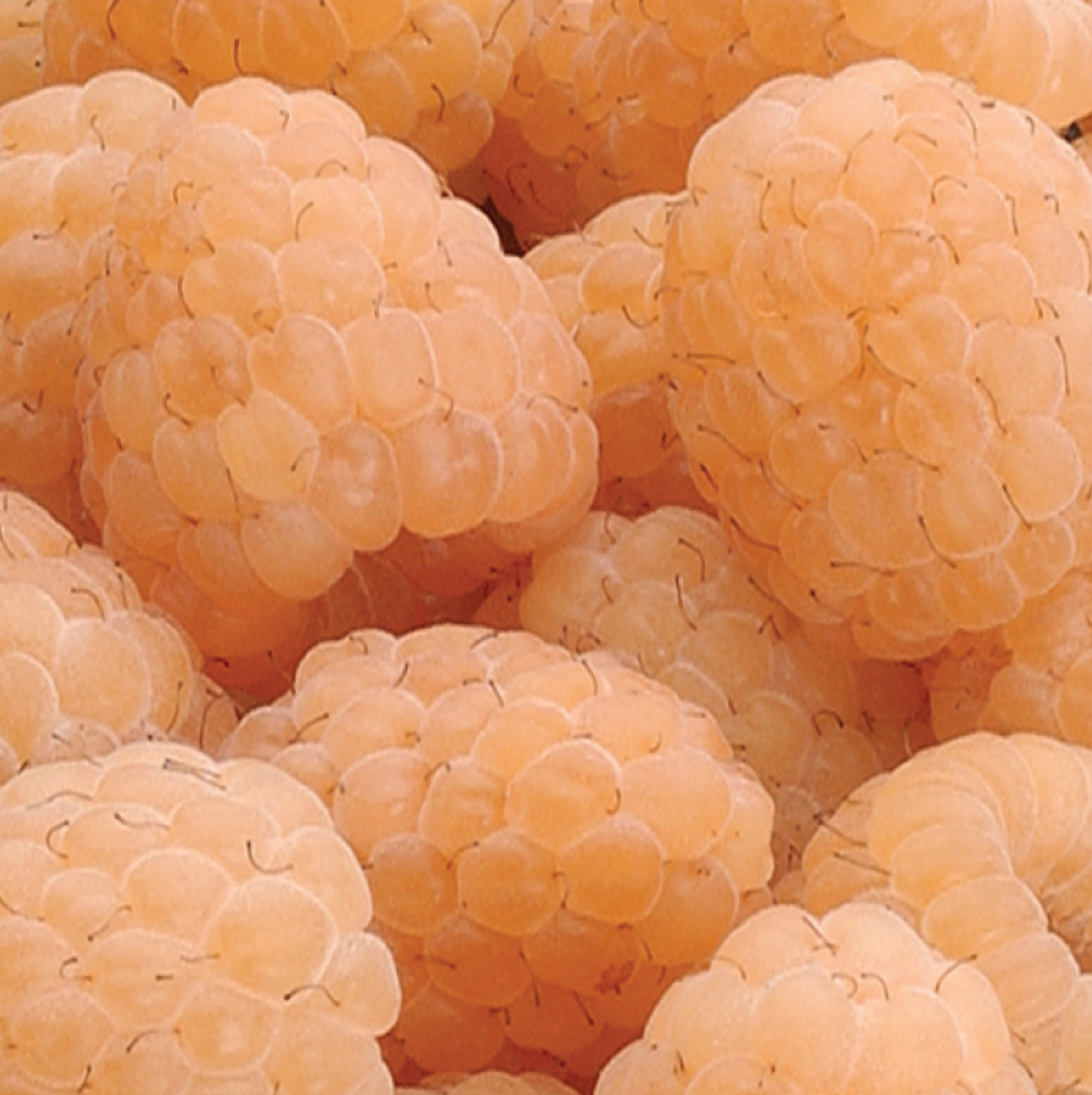
Anne Raspberry
The largest, best-tasting, highest quality yellow raspberry. Light yellow fruits have extra-sweet flavor and do not crumble. Ripens from late August through October. Can also be grown as a summer bearer in Zones 4 and 5.
-
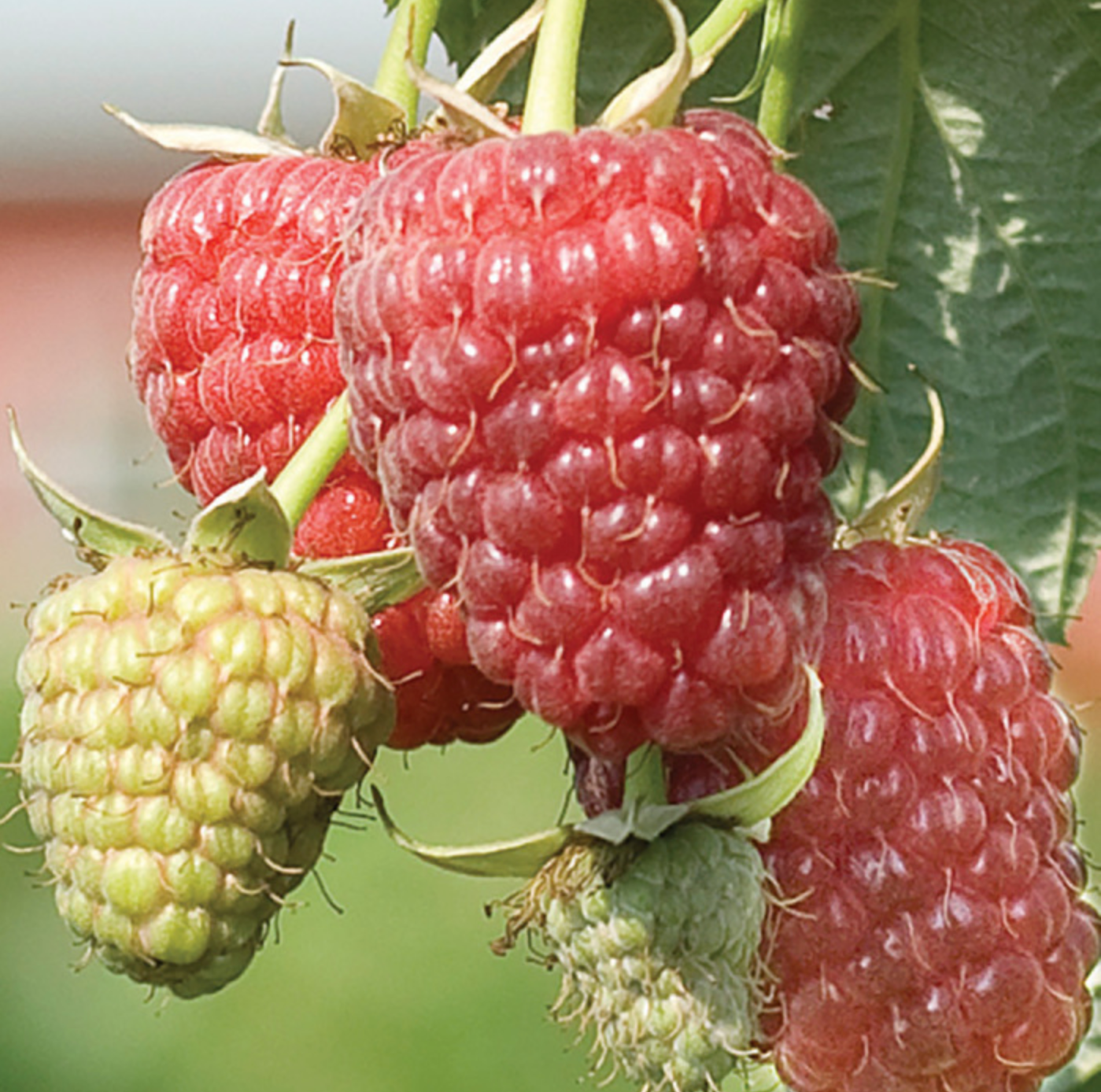
Caroline Raspberry
Higher in vitamins and antioxidants than other varieties! The fruits are very large, firm and cohesive with an exquisite flavor. Plants ripen at least 2 to 3 weeks earlier than Heritage, resulting in a longer harvest period. Plants have good tolerance to root rot and yellow rust. Very vigorous, highly productive canes grow up to 6 feet tall and require sturdy support. Widely adapted, performing well all across the country.
-
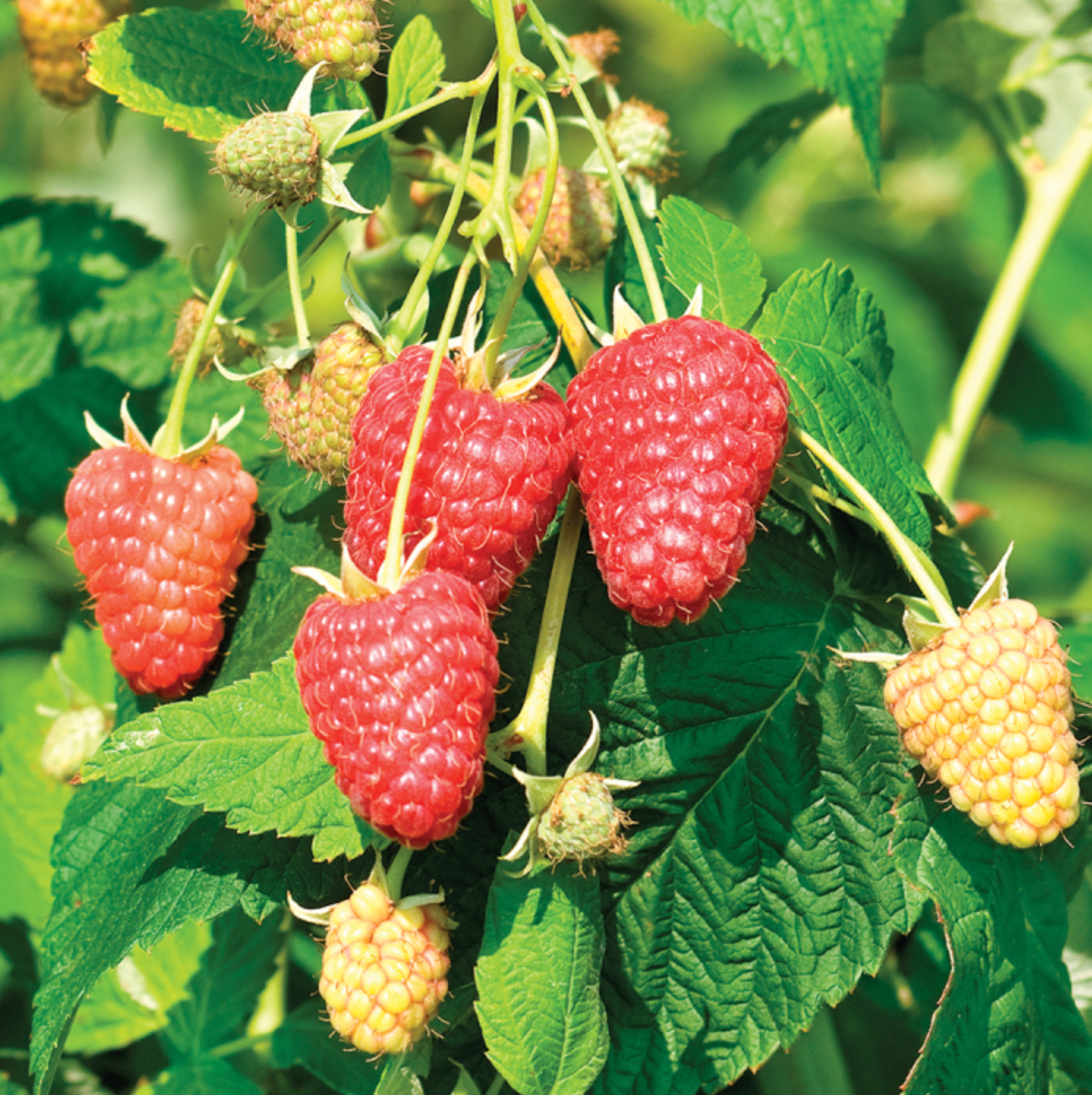
Joan J Raspberry
Early, large yields on thornless canes. Hardy, thornless canes produce an abundance of fruits with mouth-watering sweet flavor. An excellent variety for U-pick, market growers and home gardeners alike. The large red berries release easily and are relatively firm so they keep well. Ideal for both fresh use and freezing.
-
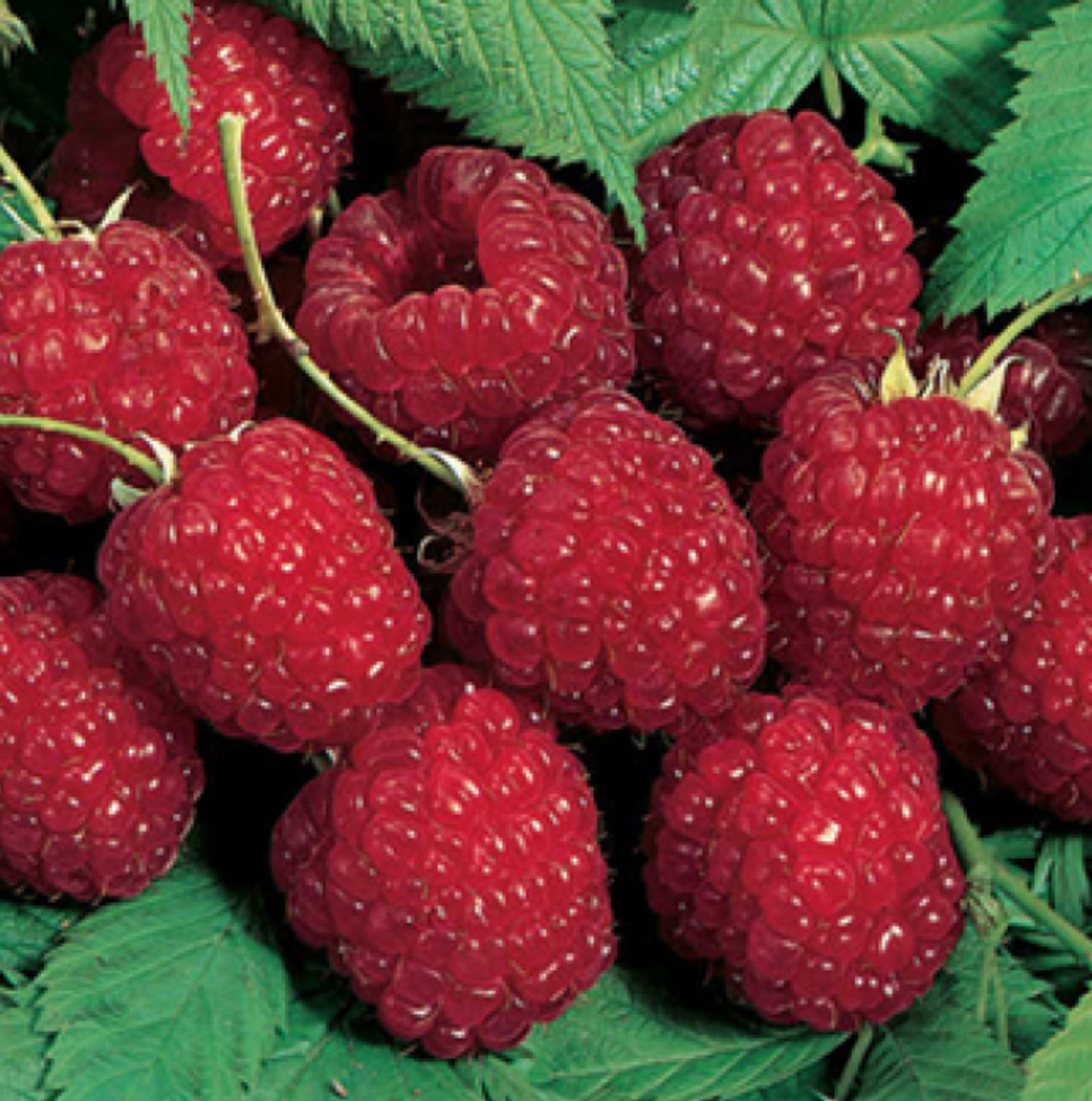
Nova Raspberry
Don't worry about sub-zero temperatures with this raspberry. Years of testing have proven that Nova takes harsh winters in stride, dependably producing large crops of firm, bright red, medium to large berries in mid- summer. The fruits have superb flavor and keep remarkably well. Nearly thornless canes grow vigorously with an upright habit. Resistant to most common cane diseases. Developed in Nova Scotia, Canada. Zones 3-8.
-
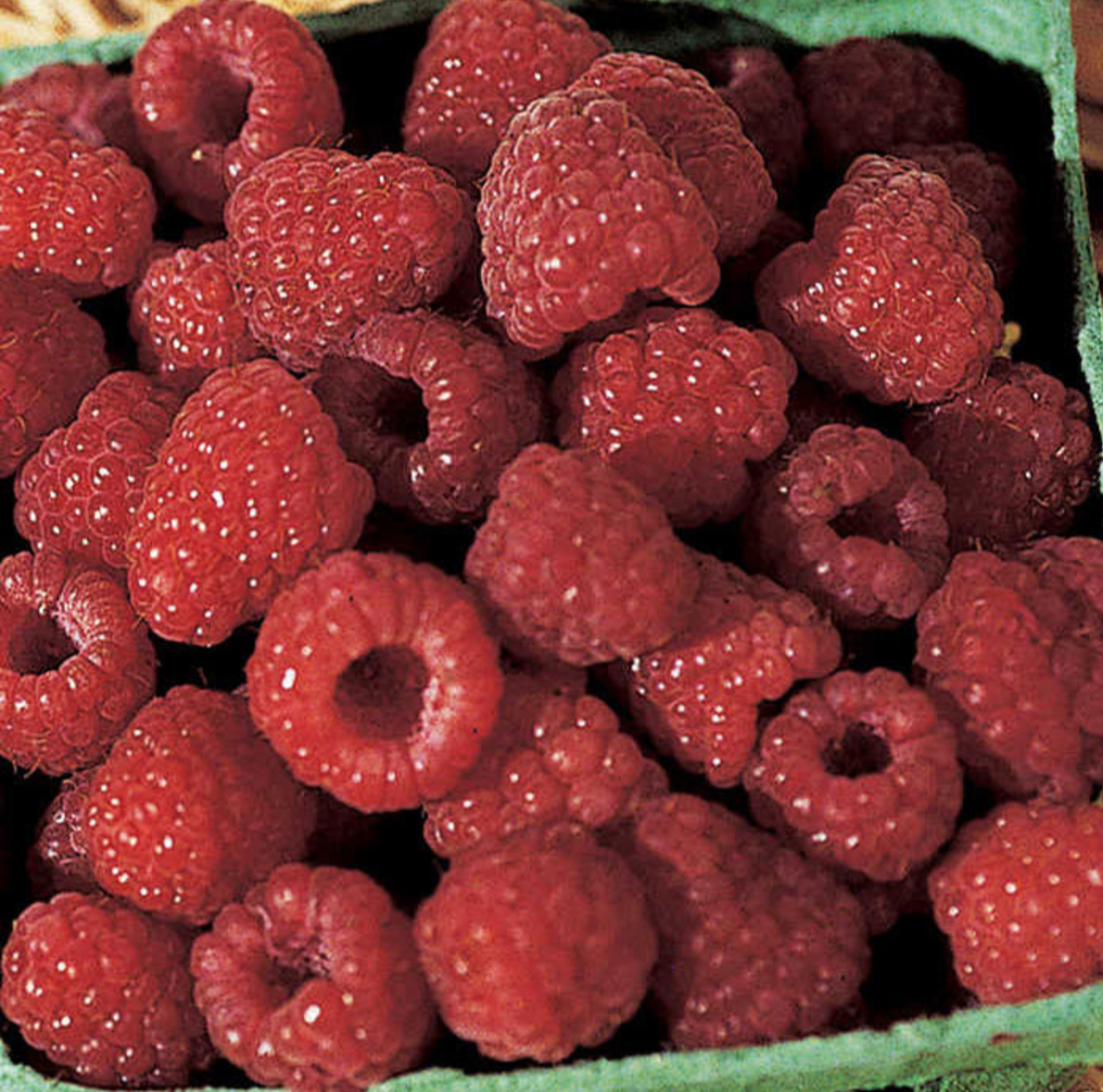
Boyne Raspberry
Hardy and dependable! Developed in Canada where hardiness is most needed, Boyne has vigorous, heavy canes that produce large, high quality fruits that freeze well. Bears a little earlier than Latham. A long-time favorite.
-
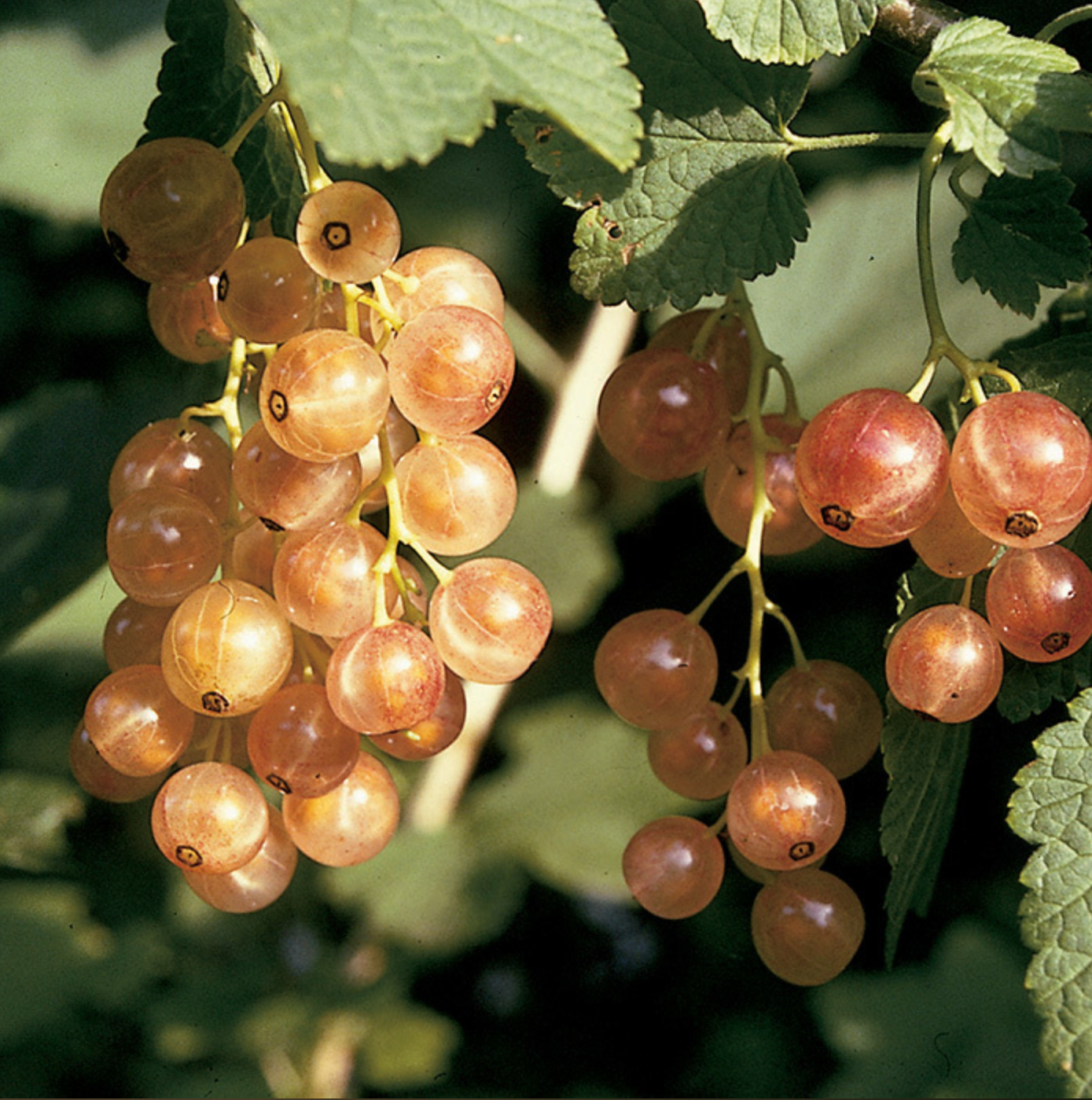
Pink Champagne Currant
Long trusses of translucent white berries blushed with pink are produced in amazing numbers, the branches actually bending under the weight of the fruit. Flavor is more delicate than that of black currants and less tart than red currants. Plants have a vigorous, upright growth habit and excellent resistance to leaf diseases.
-
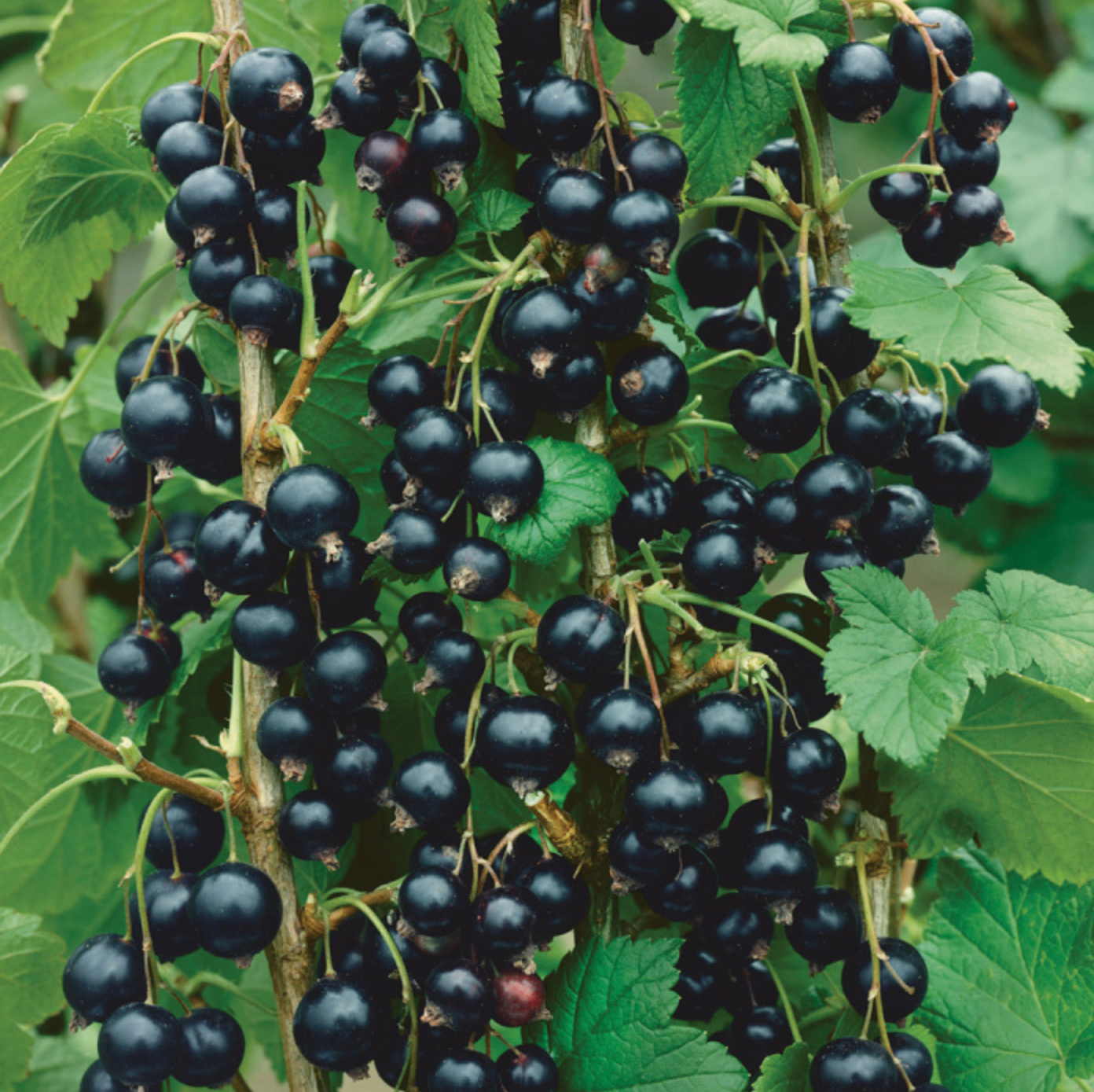
Consort Black Currant
Outstanding flavor! The small 3/4 inch berries high in vitamin C have a unique, sweet, musky flavor reminiscent of blackberries. The self-fruitful shrubs grow 6 feet wide and tall and set large amounts of fruit, even in cooler summers. Resistant to White Pine Blister Rust, though somewhat susceptible to mildew. Begins ripening in July.
-
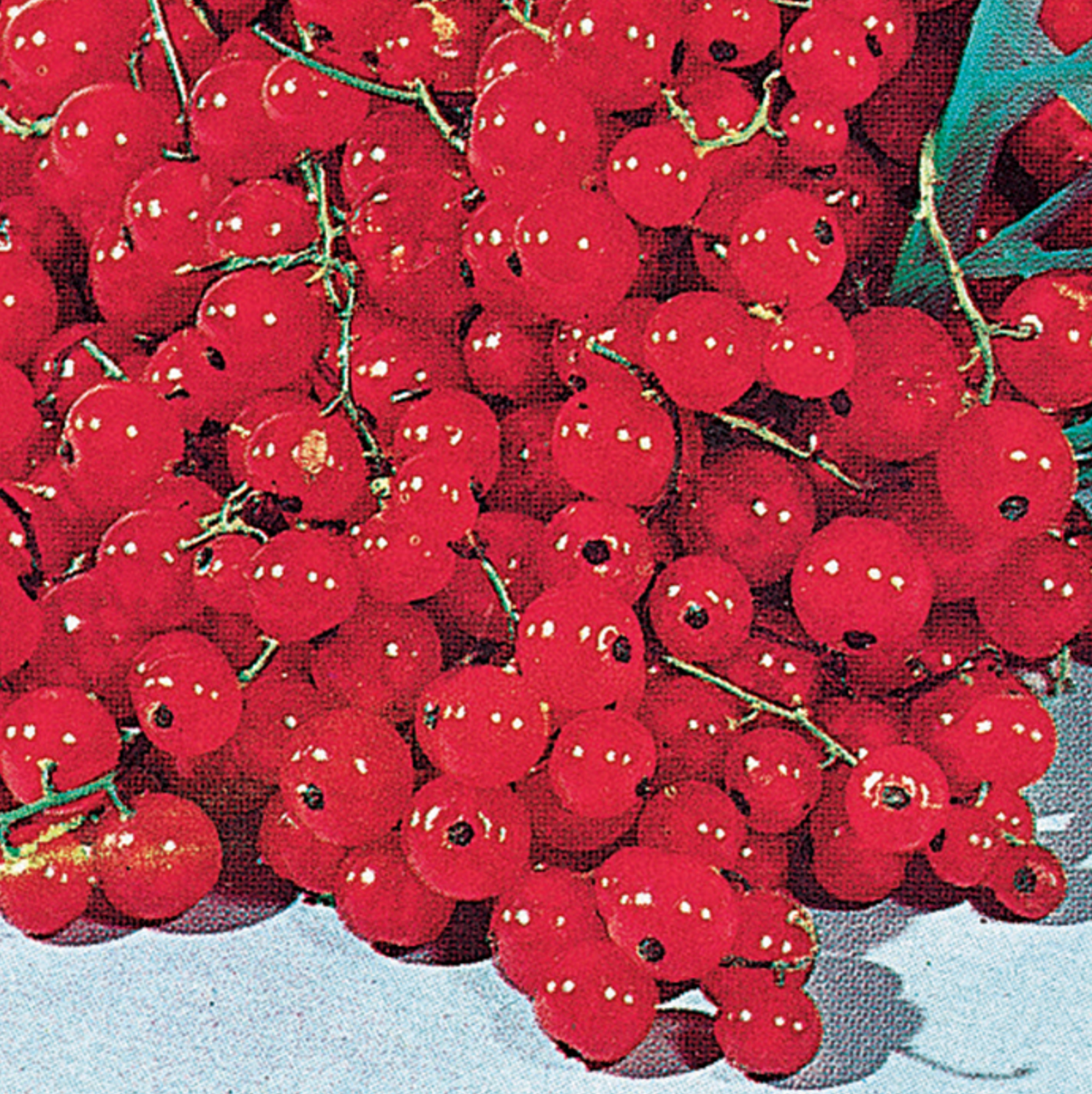
Red Lake Currant
The most widely grown red currant. Vigorous bushes produce clusters of big, delicious, bright red berries that ripen in July. Makes a sparkling red jelly. Easy to pick.
-
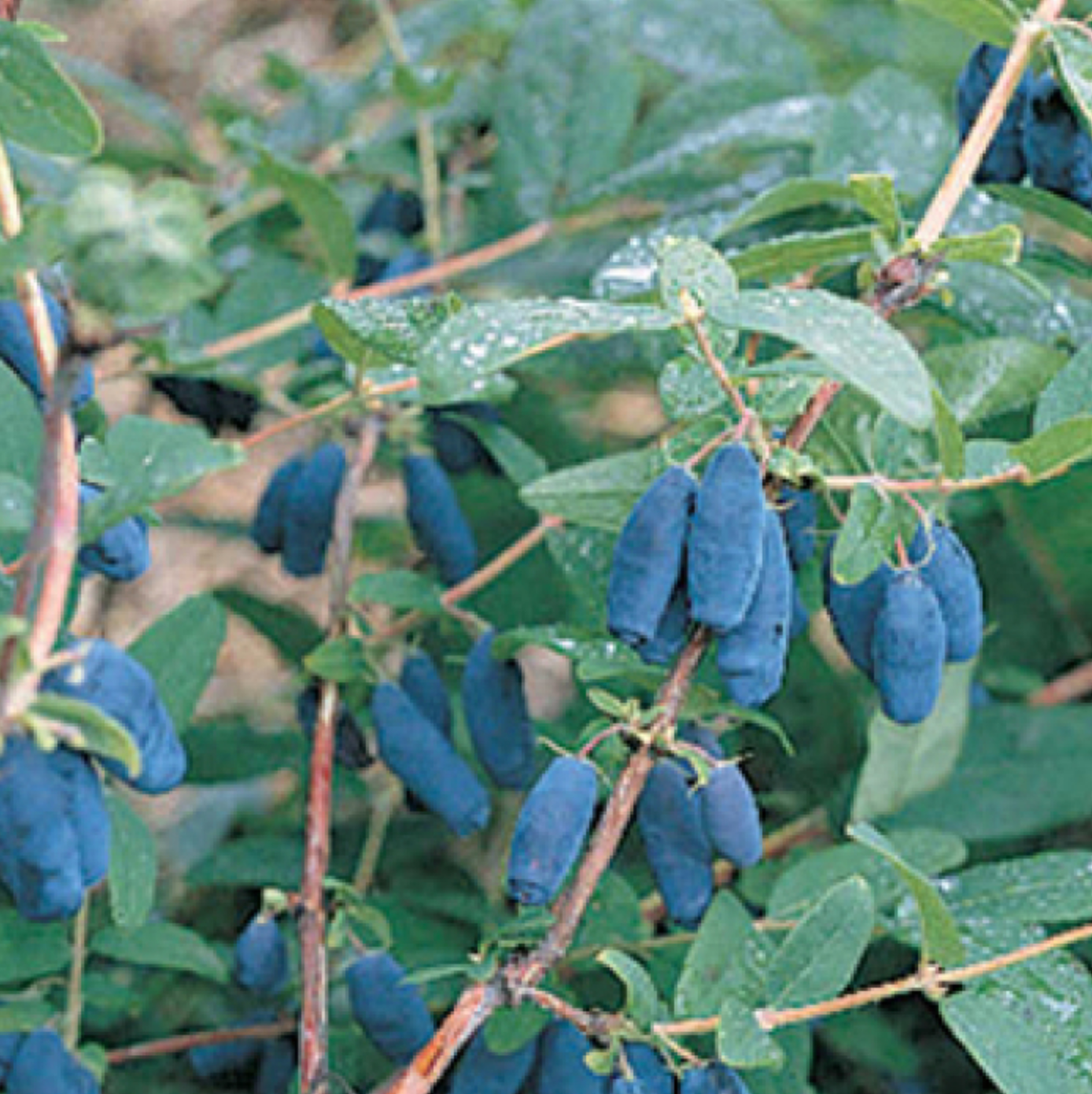
Blue Velvet™ Honeyberry
A high-yielding, smaller growing selection that bears very large and flavorful, sweet-tart, medium blueberries. This Russian selection is highly suitable for gardeners in colder USDA zones 3-4, although they can still produce successfully in warmer zones. To produce fruits, planting more than one variety is necessary for cross-pollination. For cross-pollination, we suggest planting with Blue Moon™ Honeyberry.
-
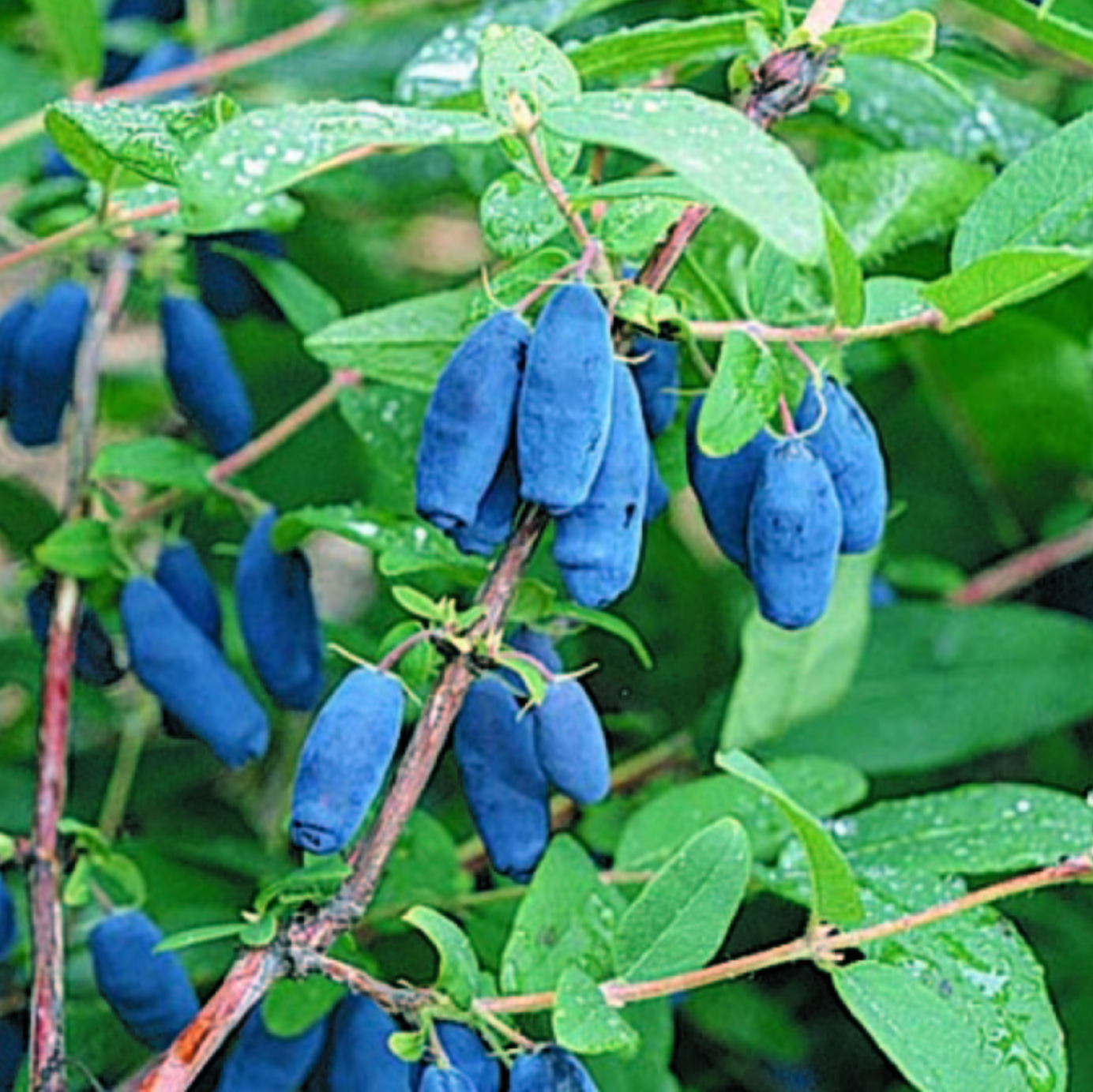
Blue Moon™ Honeyberry
Large, tasty, dark blue fruits on plants that typically mature to manageable 3-4 ft. high and wide. This Russian selection is highly suitable for gardeners in colder USDA zones 3-4, although they can still produce successfully in warmer zones. To produce fruits, planting more than one variety is necessary for cross-pollination. We suggest Blue Velvet™ Honeyberry.
-
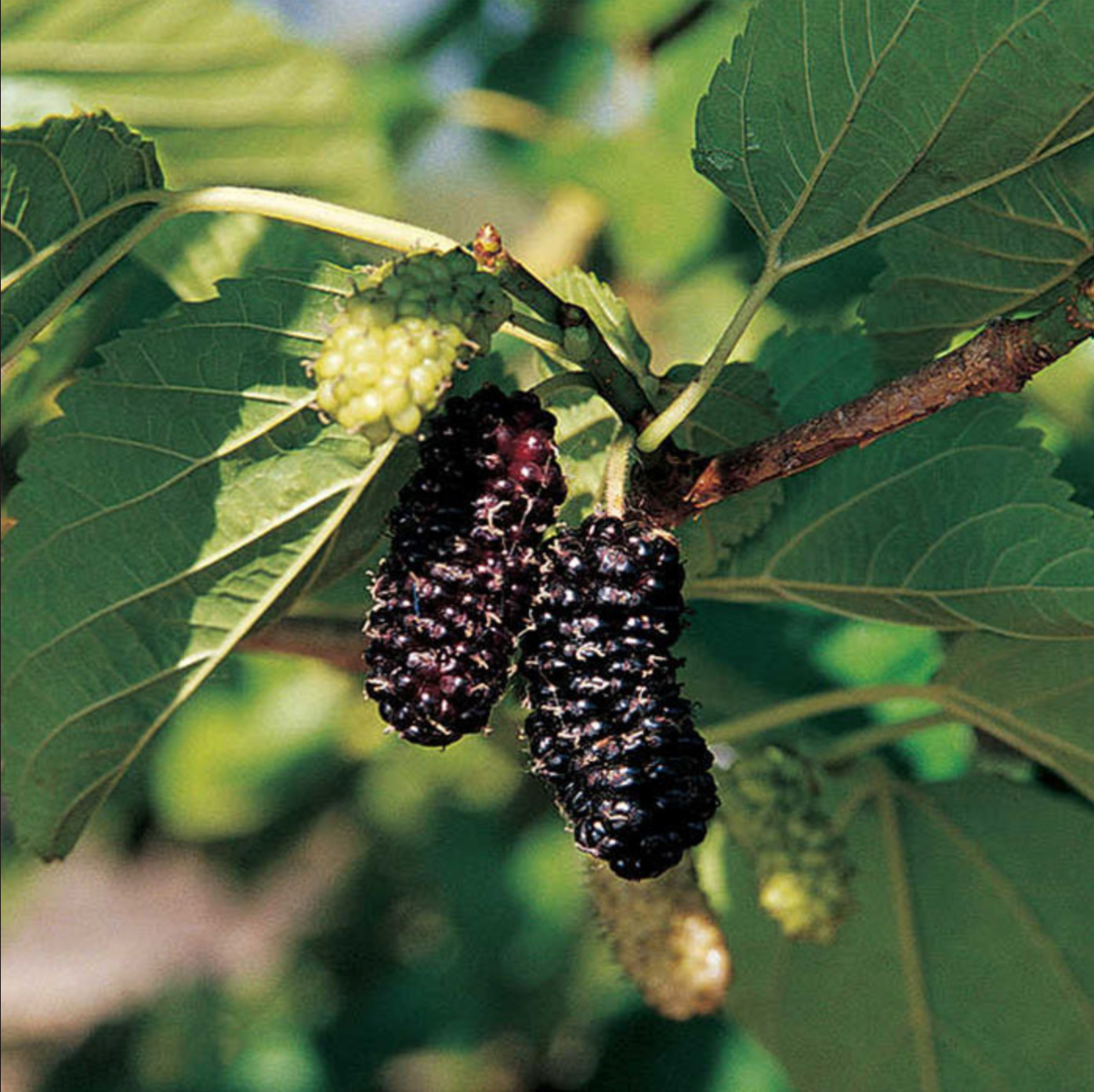
Illinois Everbearing Mulberry
Imagine giant, sweet berries growing on a tree! Juicy, sweet and delicious fruits are 1.5 inches long, ripening from red to bluish-black. They have distinctive flavor and are tasty eaten fresh or dried for winter snacking. The trees bear abundantly for 6 to 8 weeks beginning in early July. They have ornamental, tropical-like foliage and will grow 15 to 20 feet tall. This hardy, self-fertile selection usually begins bearing 2 to 3 years after planting.
-
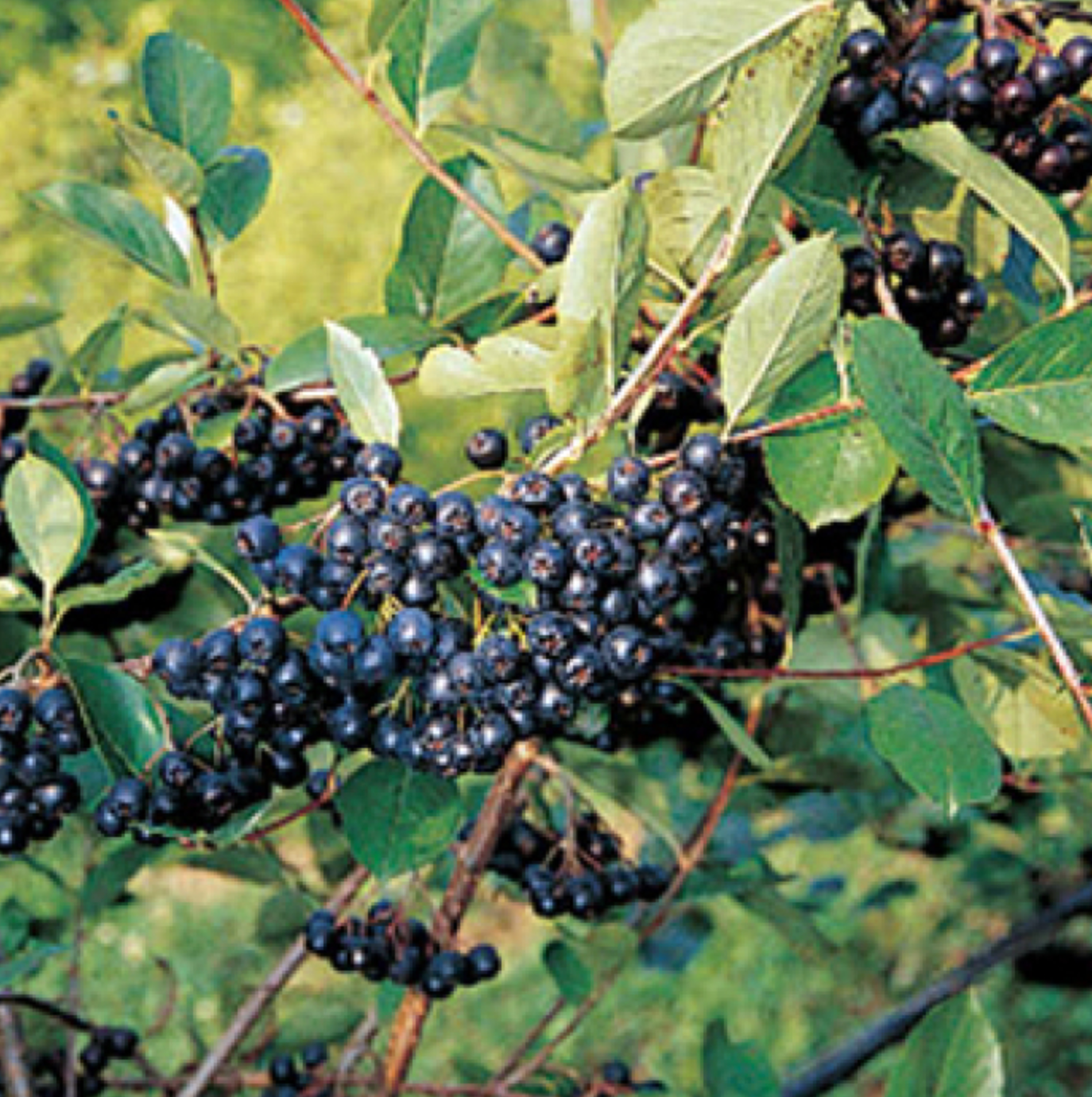
Nero Aronia
Prized for its delicious fruit and brilliant red fall foliage. Large clusters of snowy white flowers cover the plants in spring, followed in the fall by clusters of large, flavorful, blueberry-size blue-black fruits that make delicious juice, jam and wine. This small shrub is very easy to grow and highly productive. Ht: 3-4'
Citrus & Ornamental Trees
-
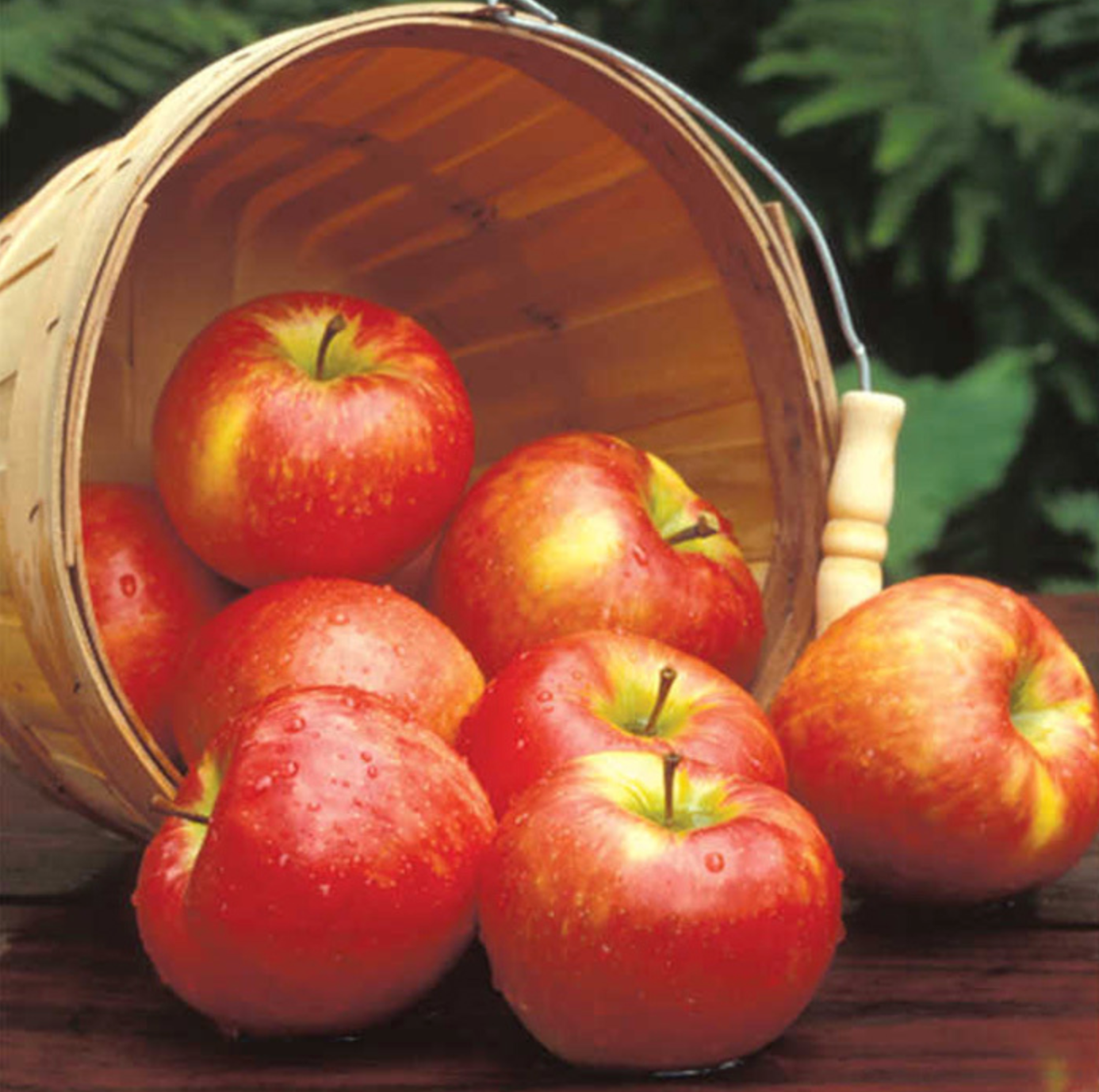
Honeycrisp™ Semi Dwarf Apple
The most popular apple in the last decade. The cream-colored flesh is a juicy combination of sweet and tart flavors. You can pick it in September, but it develops its full aromatic flavor if left on the tree until mid-October. The attractive apples have yellow skin heavily mottled with red. Among the most winter hardy apples, showing little damage at -40 degrees F. Pollination partners: Haralson or Sweet Sixteen.
-
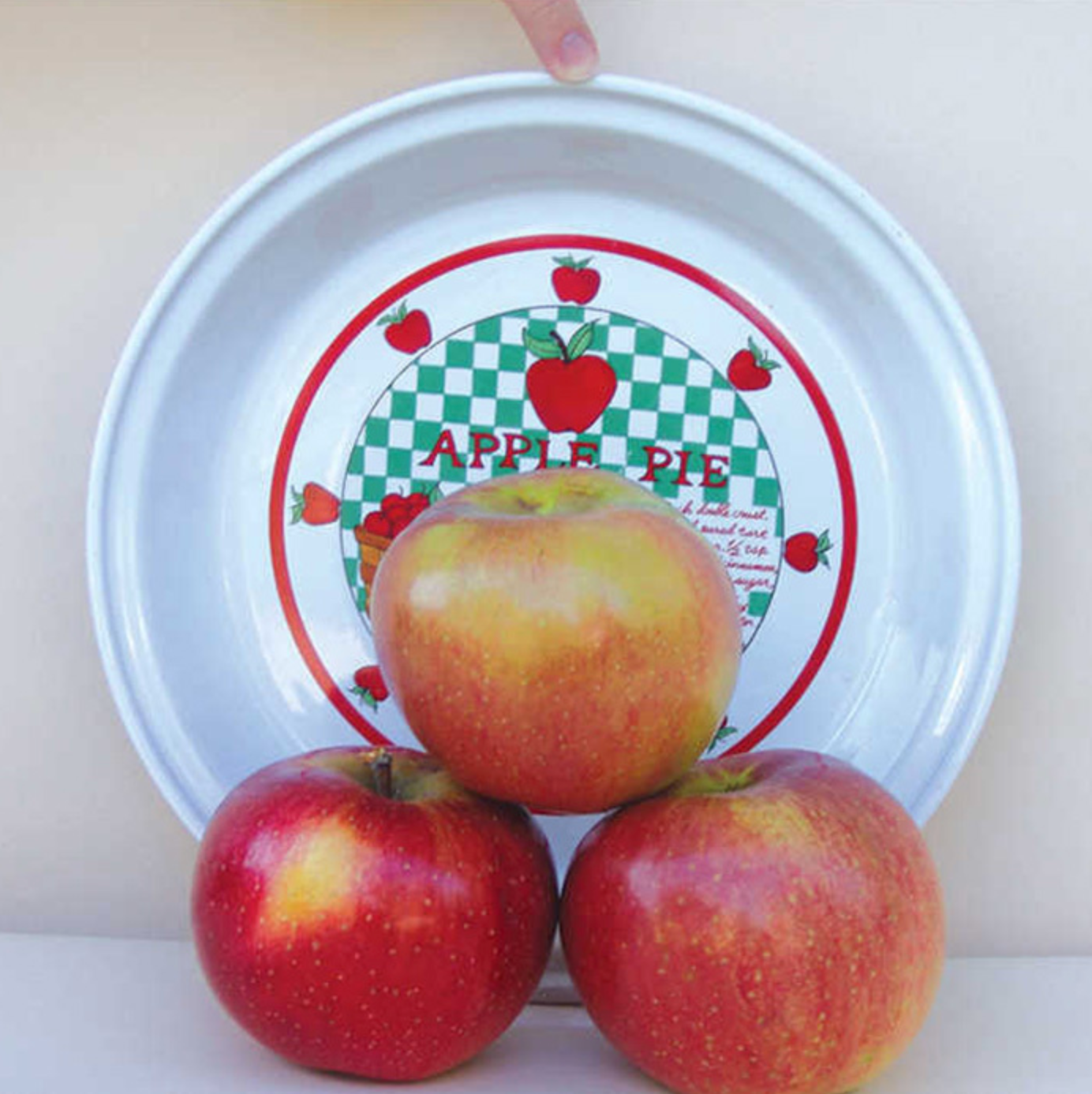
Wolf River Semi Dwarf Apple
This famous heirloom originated as a seedling on the banks of the Wolf River near Fremont, Wisconsin. The tree is very hardy and productive. Fruit is extremely large, a pound or more, with skin blushed bright red over yellow and creamy-white flesh. Excellent for baking, sauce and drying. Has resistance to scab, mildew, fire blight and cedar-apple rust. Ripens mid-September to early October. Pollination partners: Royal Court™ or Sweet Sixteen.
-
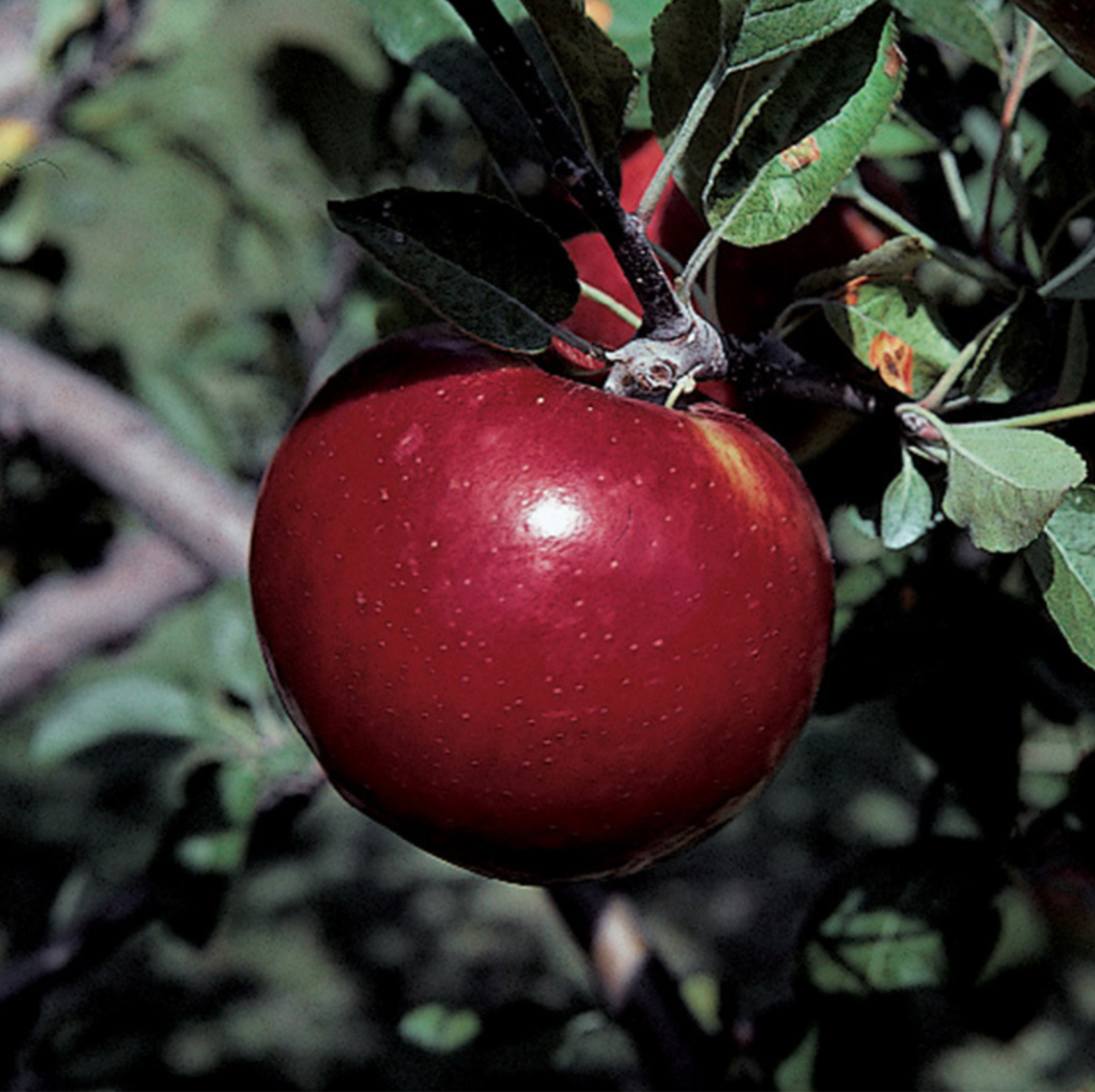
Royal Court™ Cortland Semi Dwarf Apple
Our most popular all-purpose apple. Large, red skinned fruit has pure white fine textured flesh that is crisp, aromatic and resists browning when cut. Tops for sauce, pies, and fresh eating. Very hardy, fruit ripens mid to late September. A limb sport of the original Cortland apple. Good resistance to Fire Blight. Pollination partners: Liberty or Honeycrisp™.
-

RubyMac® Mcintosh Semi Dwarf Apple
An early ripening McIntosh variety ready for first harvest by early September. Fruits are large, flavor tart and spicy, the white flesh crisp, tender and deliciously aromatic - a combination that makes McIntosh a favorite for fresh eating and cooking. Fruits keep into January when refrigerated. Annually productive. Pollination partners: Wealthy or Duchess of Oldenburg.
-
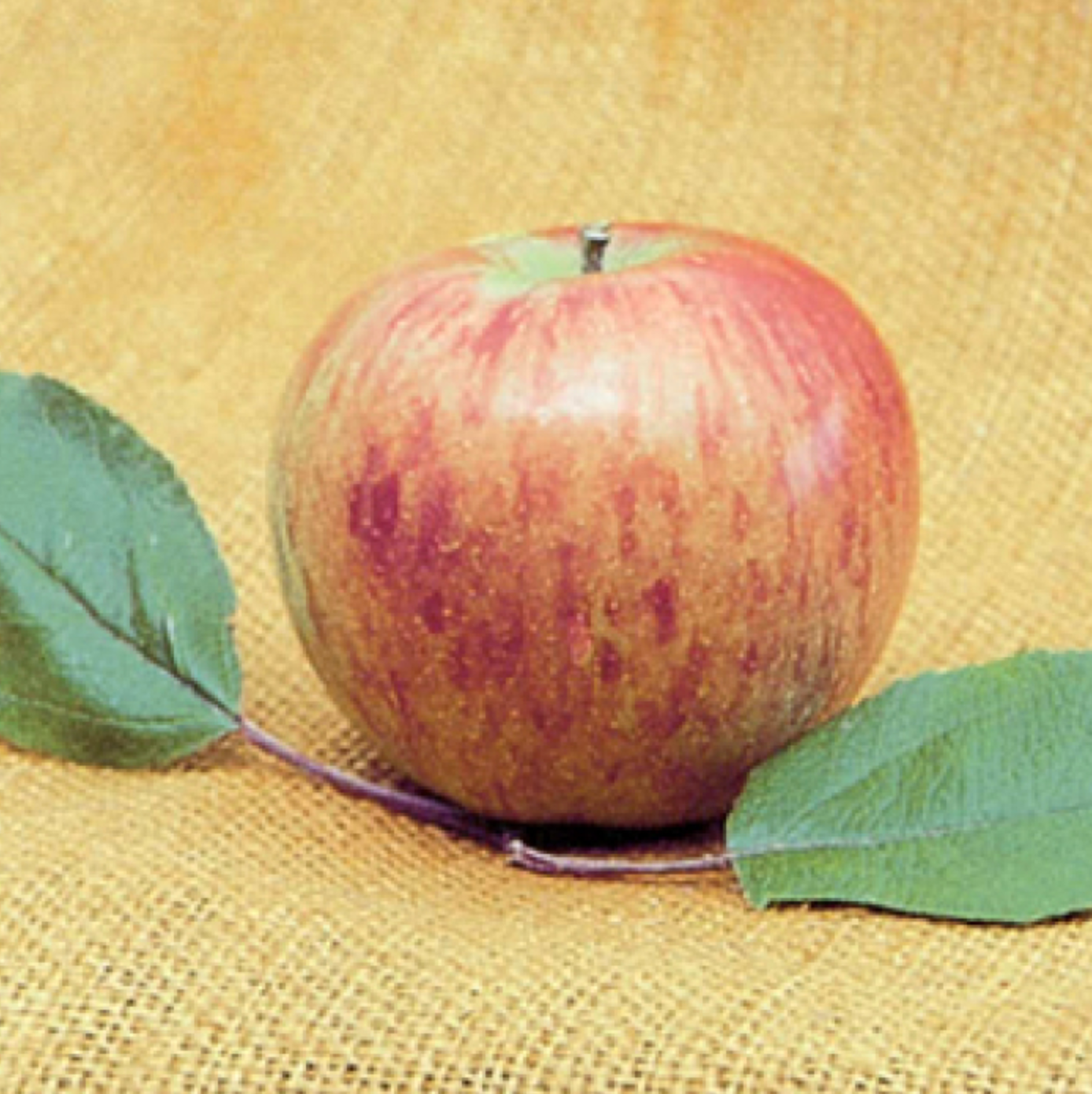
Bonnie Best® Semi Dwarf Apple
The late Bonnie Keehn discovered this tree on her property in historic Cooksville, Wisconsin. She introduced it to Jung's in the late 1980's by bringing samples of the fruit and one of her prize-winning pies. Parentage is unknown, but the striped apples grow very large and have cream-colored flesh that's crunchy, tender, juicy, and slightly tart. Top notch for pies, canning and fresh use. The fruit ripens in early October and keeps well. The tree is hardy, sturdy, resistant to Fire Blight and produces annually. Pollination partners: Honeygold or Freedom.
-
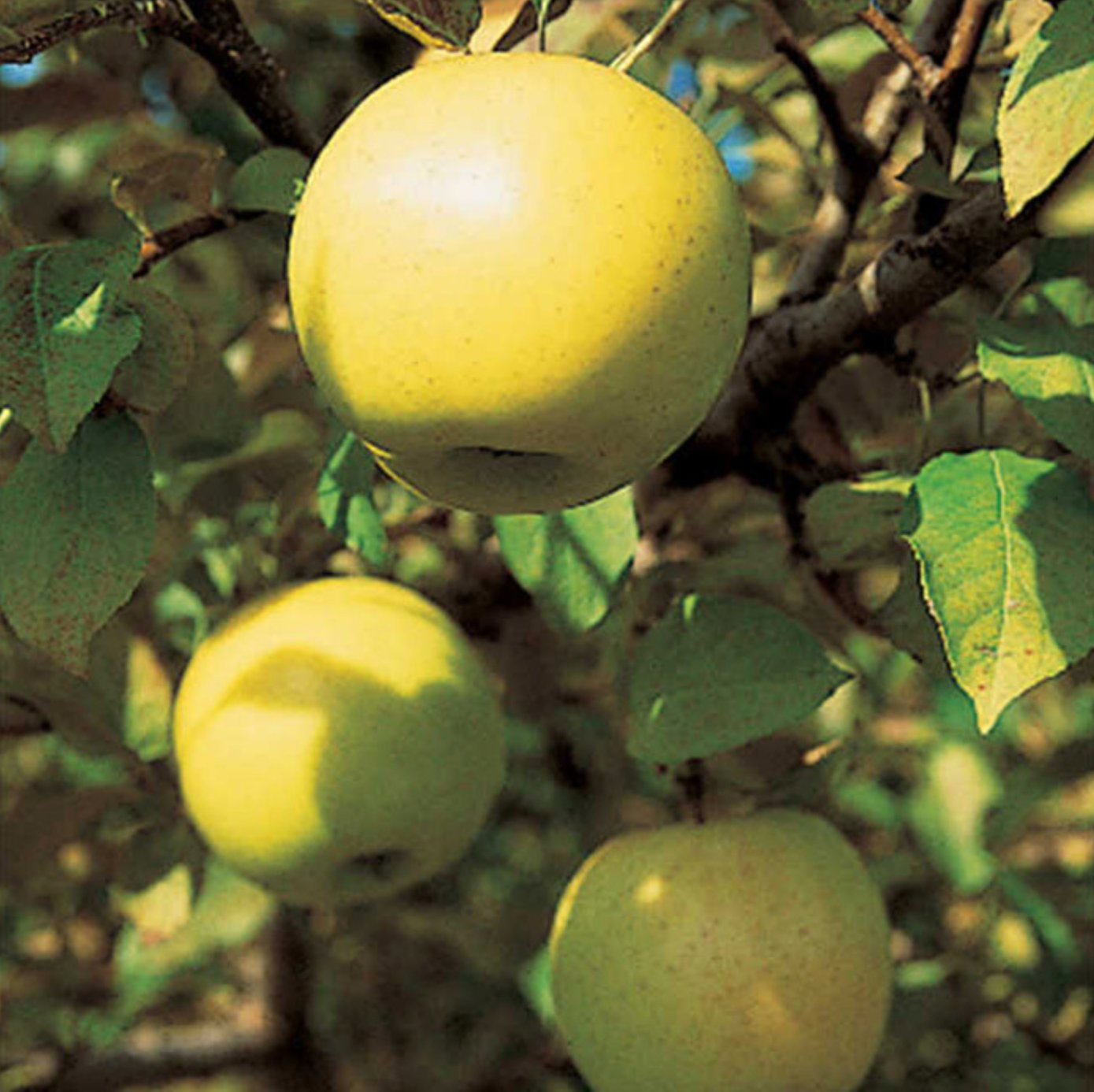
Honeygold Semi Dwarf Apple
Developed for cold northern areas, this cross of Haralson and Golden Delicious captures the hardiness of Haralson with the golden fruit color and superb flavor of Golden Delicious. High quality fruit keeps through the winter. Ripens early October. Pollination partners: Haralson or Honeycrisp™.
-
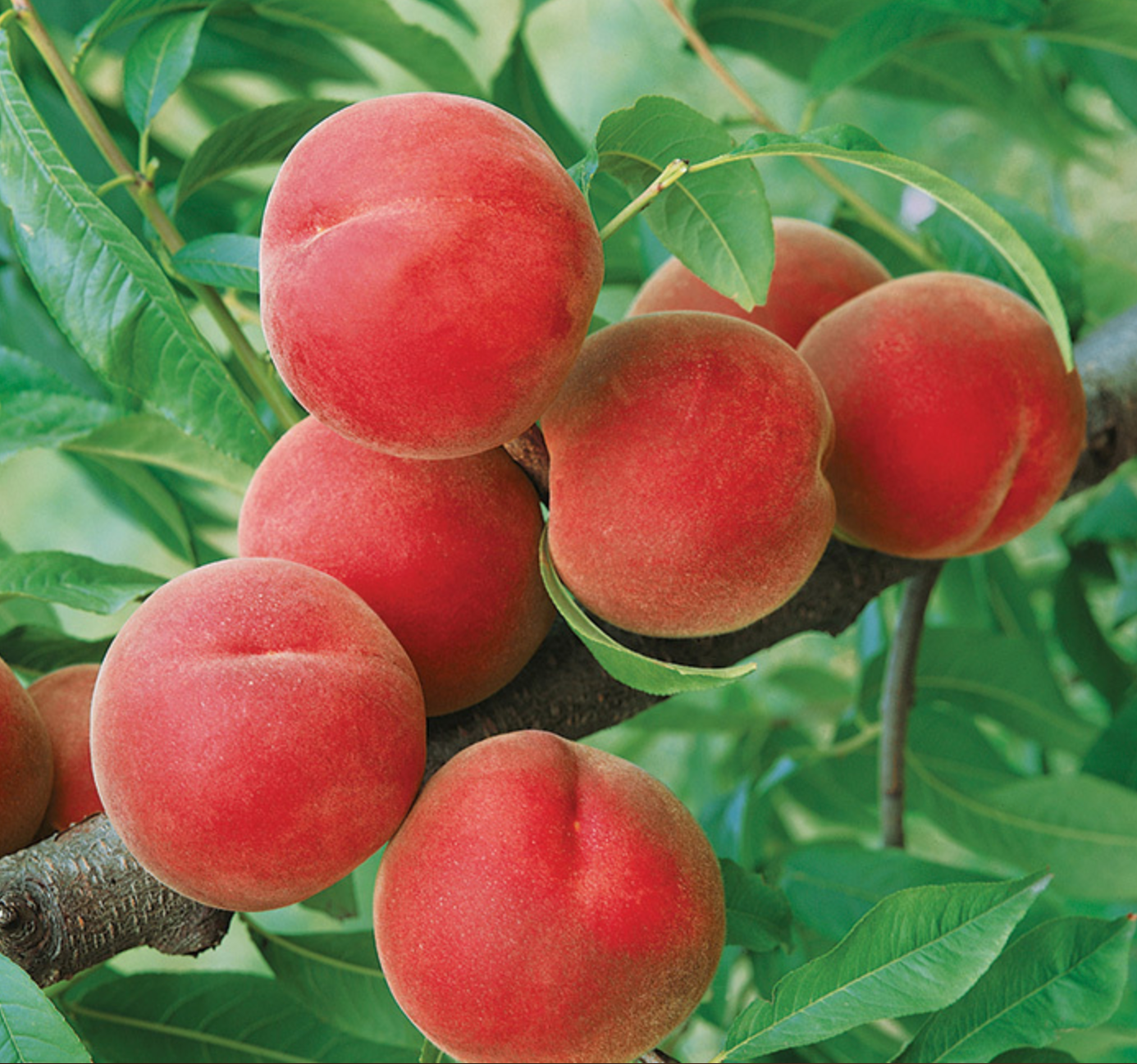
Contender Standard Peach
This bud-hardy peach escapes late spring frosts. Compares to Reliance peach in that it reliably sets fruit in cold climate areas. Large, freestone fruit is bright red over yellow with sweet, juicy, melting flesh that resists browning when cut. Great for fresh eating, freezing or canning. Ripens mid-August. Self-pollinating.
-
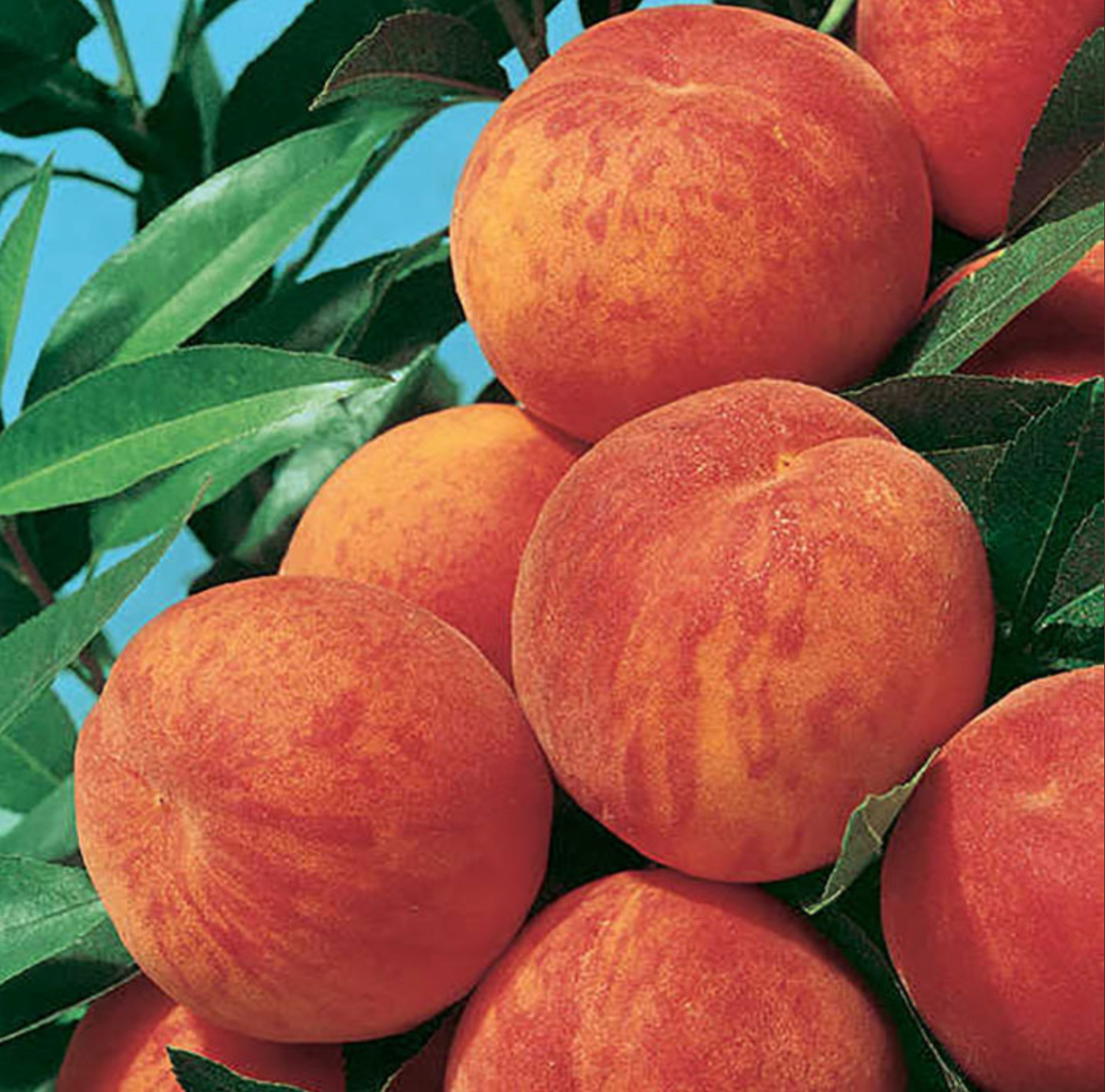
Reliance Standard Peach
Hardy and high-yielding. Reliance withstands below zero temperatures and also has excellent bud hardiness. Fruits are medium in size, their yellow skin blushed with red. The flesh comes free from the small pit and is bright yellow, soft and juicy with honey sweet flavor. Vigorous and fast-growing. Ripens late July.
-
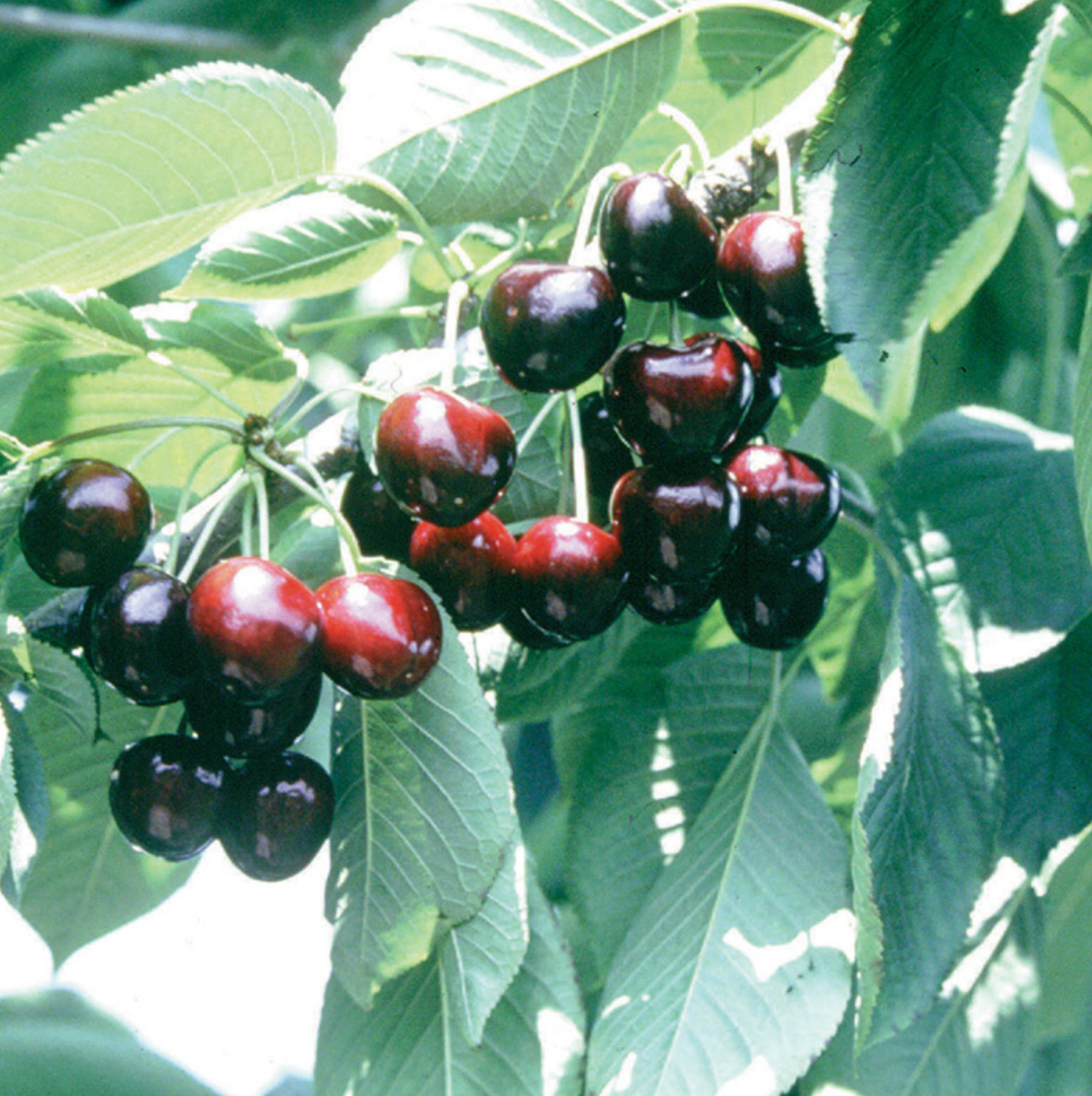
Lapins Standard Sweet Cherry
This Canadian variety produces very large, meaty, dark red fruits without the aid of another sweet cherry variety as a pollinator. Cherries have rich flavor and good crack resistance. A natural semi-dwarf, standard trees grow only 12 to 15 feet tall (6 to 8 feet tall on dwarf rootstock), require no staking and produce large crops. Fruits ripen in early to mid-July. Has good resistance to late frosts and handles temperatures down to -20 degrees F.
-

Meteor Semi Dwarf Cherry
Our top choice for gardeners and small orchards. Ever year Meteor reliably produces big crops of large, bright red, tart and juicy fruits that are completely freestone. Hardy,vigorous trees are resistant to leaf spot, the most common disease of cherry foliage. Ripens in late July.
-
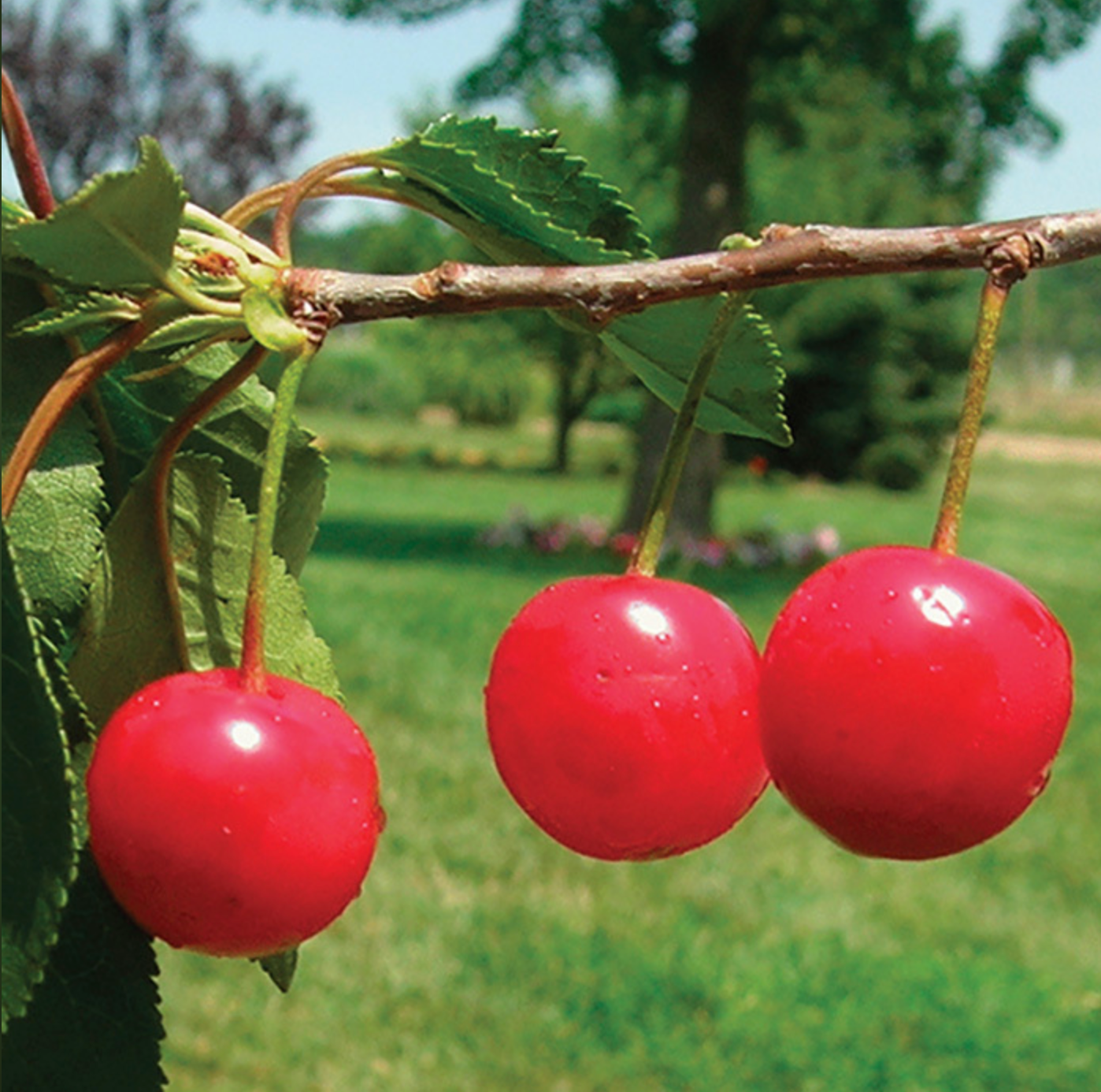
Montmorency Dwarf Pie Cherry
America's most widely planted pie cherry. The large, bright red fruit is juicy, firm and flavorful making it ideal for canning and freezing. Also delicious for fresh eating. The trees bear a heavy crop of fruit year after year. Ripens in mid-July.
-
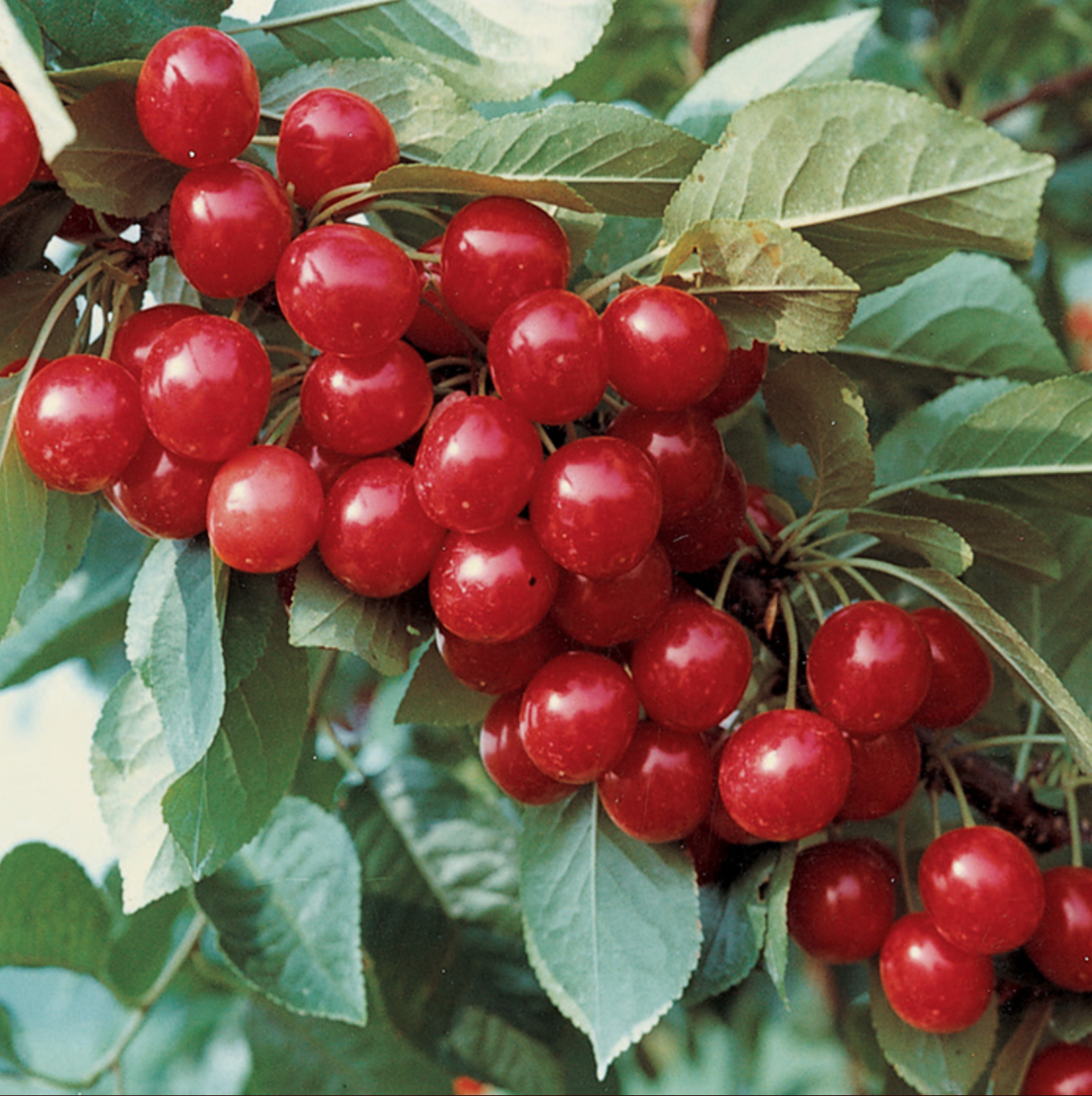
North Star Hardy Dwarf Pie Cherry
A hardy cherry of high quality developed in Minnesota. Grows a dwarf vigorous tree 6 to 8 feet tall. Dense foliage has resistance to Leaf Spot. The cherries are bright red changing to a glistening mahogany color at maturity. Juicy, tender and pleasantly tart. Ripens in mid-July.
-
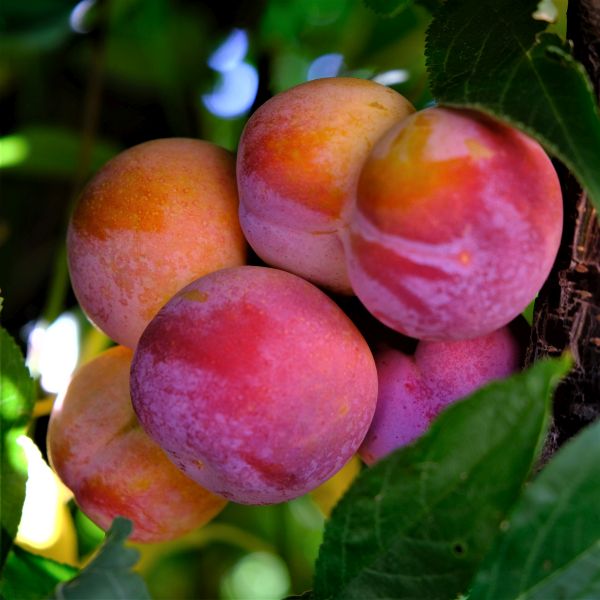
Toka Plum
Large fruited and richly flavored. The fruits of this hybrid plum are reddish-bronze with a blue bloom and freestone with yellow, aromatic flesh and rich, spicy-sweet flavor. Ripens late August. Pollination partner: Waneta or Pipestone. Average height of 10-14 feet.
-
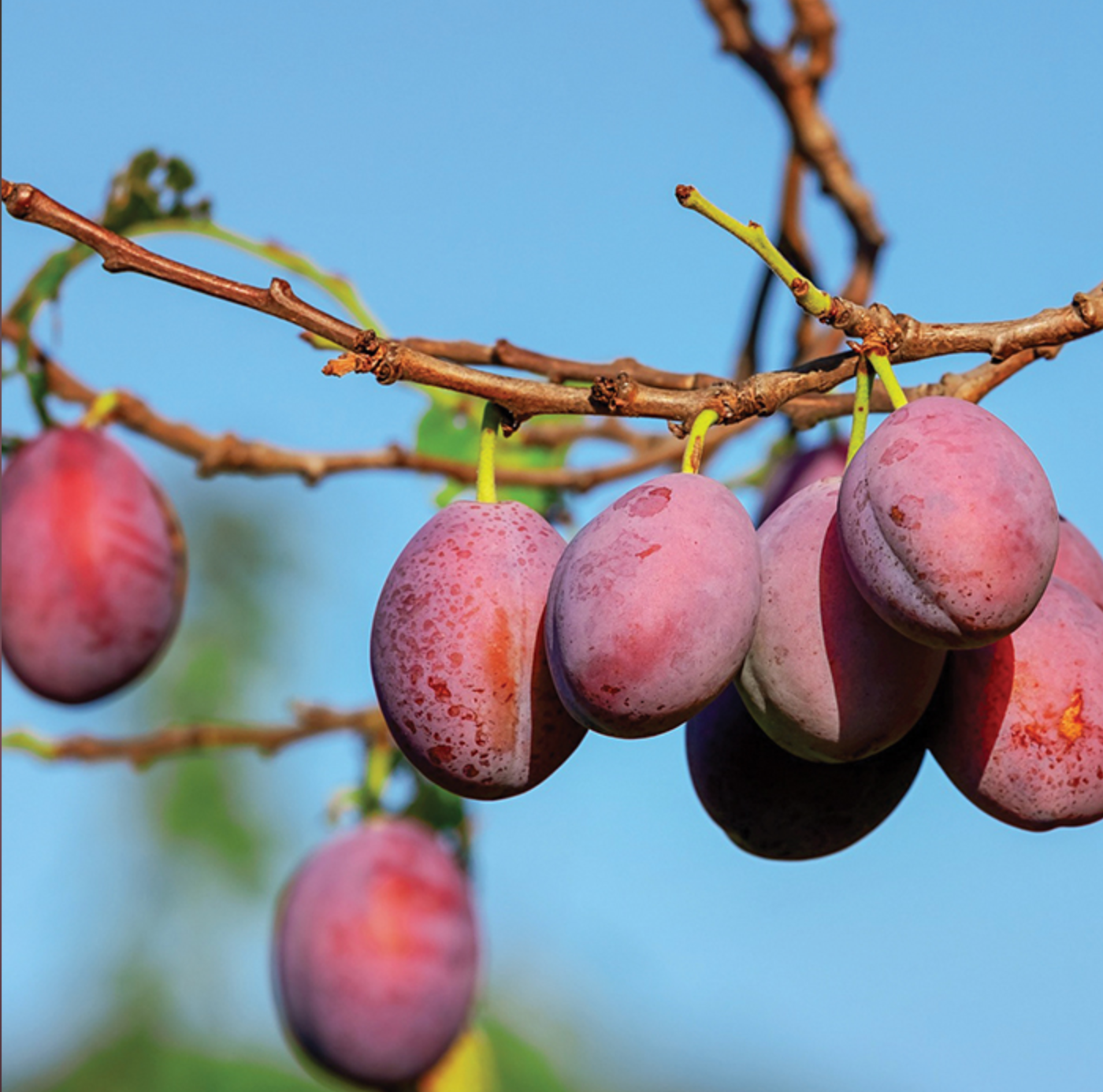
Waneta Plum
Considered one of the best plums for the Midwest. Naturally dwarf trees adapt well to adverse conditions and produce fruits after the first year planted. Often bears so many fruits, that they should be thinned to maintain good size and flavor. The red-skinned fruits have yellow flesh that is juicy and sweet. Ripens in late July to early August. Pollination partner: Black Ice
-
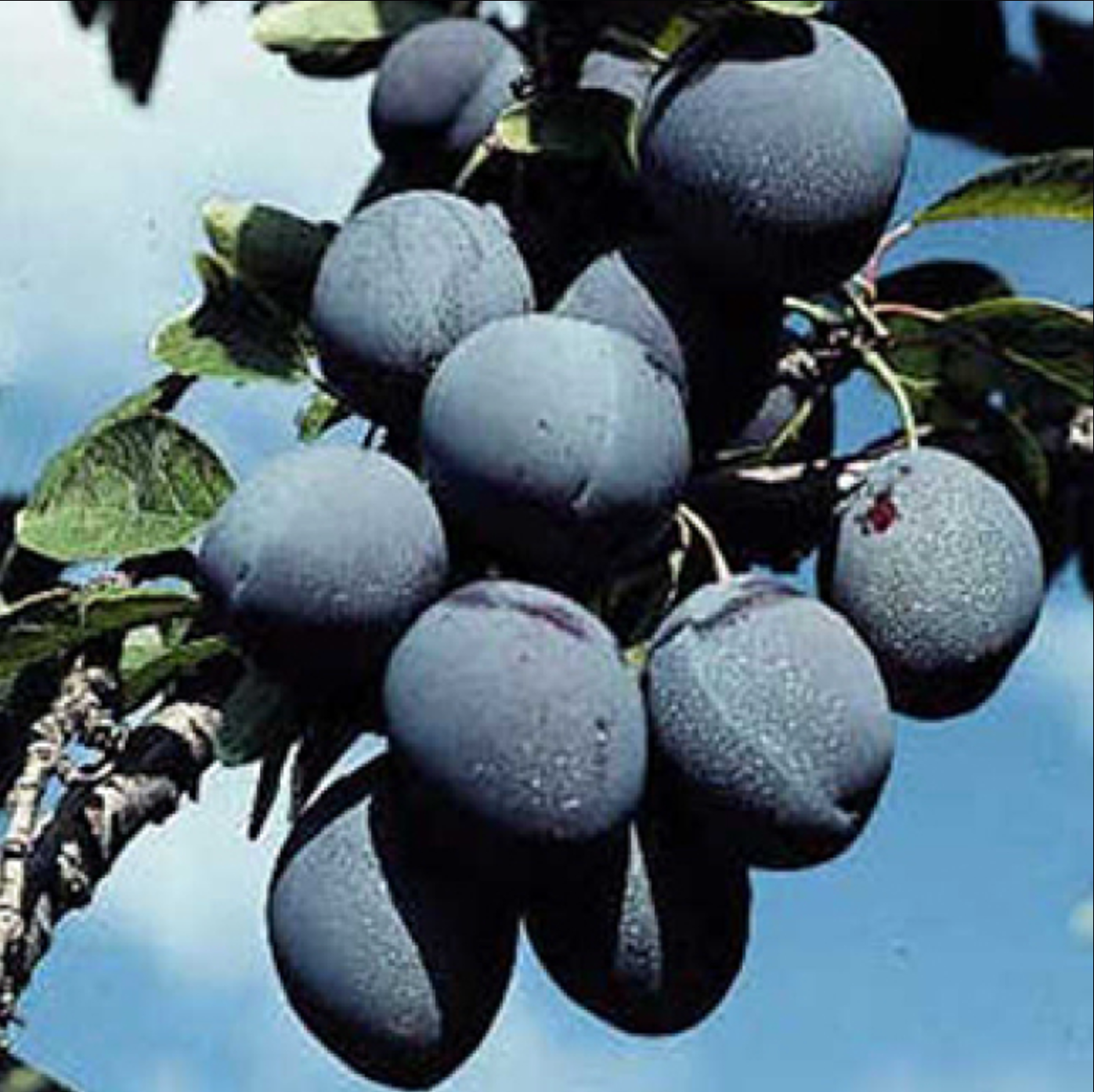
Mount Royal Hardy Dwarf Plum
If you can only plant one plum tree, make it this easy-to-grow European plum. The large, deep blue, freestone fruits are very sweet and juicy. Quality is outstanding whether used fresh or for preserves, jam, canning, and freezing. Bears heavy crops each year and doesn't require cross pollination. Fruit ripens mid-to-late August. Ht: 10-15'. Pollination: Reliably self-fruitful.
-
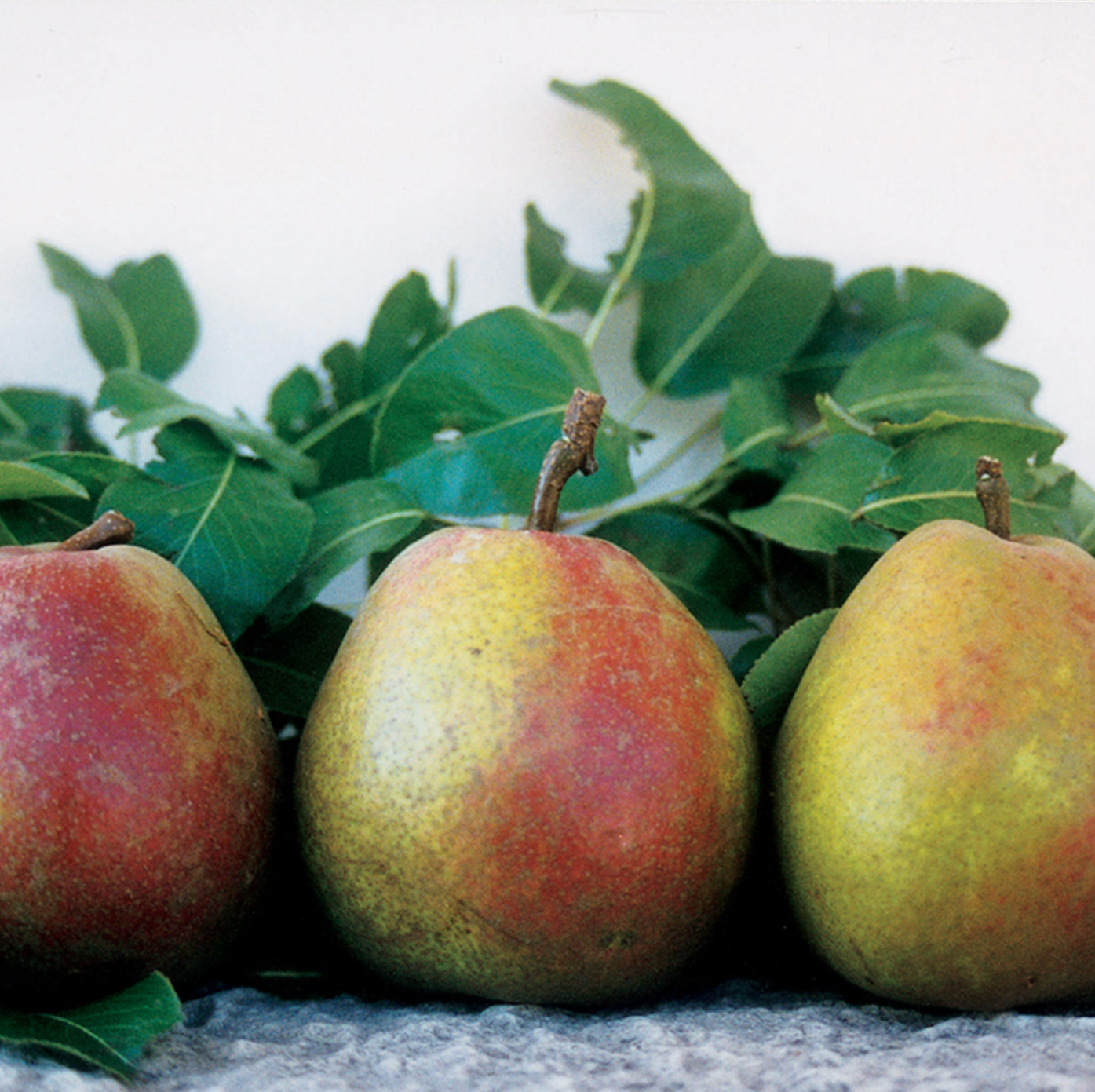
Jung's Hardy Wisconsin Dwarf Pear
Crisp, sugary-sweet fruit on super-hardy trees. This pear was found by J.W. Jung on one of our farms in the early 1940's. The fruit was unlike any he had experienced. Pears are medium in size with thin, golden, russeted skin. When picked prior to frost they store well under cool conditions. The crispy flesh softens for eating pleasure when kept at room temperature for a few days. Ideal for fresh eating or canning. Pollination partners: Harrow Sweet or Flemish Beauty.
-
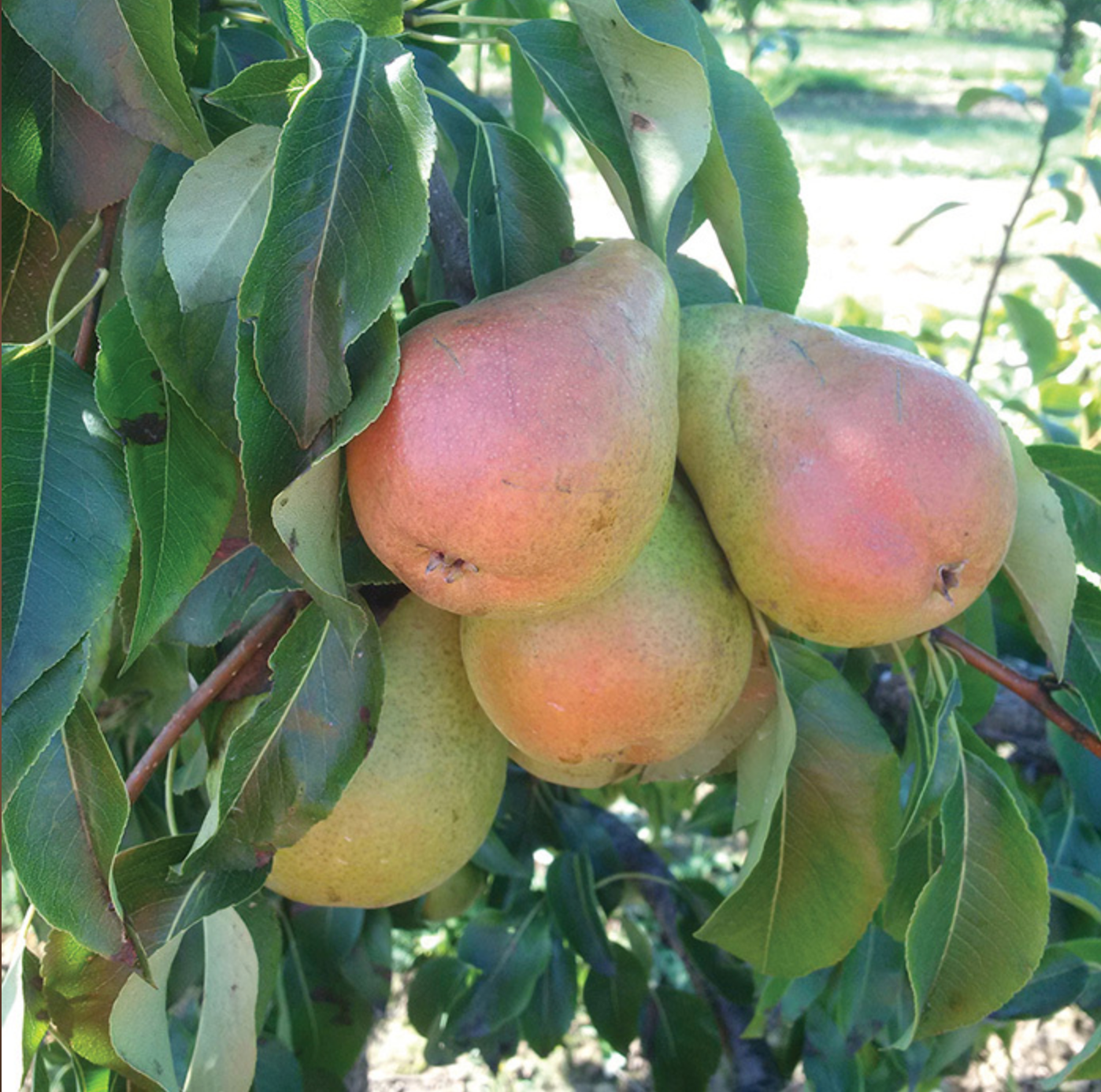
Harrow Sweet Standard Pear
Similar to classic favorite 'Bartlett', but ripens 2 to 3 weeks later. Ripens in mid September making it an excellent pear for extending the season. Heavy-bearing trees show resistance to fire blight and benefit from thinning. Fruits are excellent for fresh-eating and baking plus they store for 10 weeks or longer under the proper conditions. Pollination partners: Karls Favorite or Flemish Beauty.
-
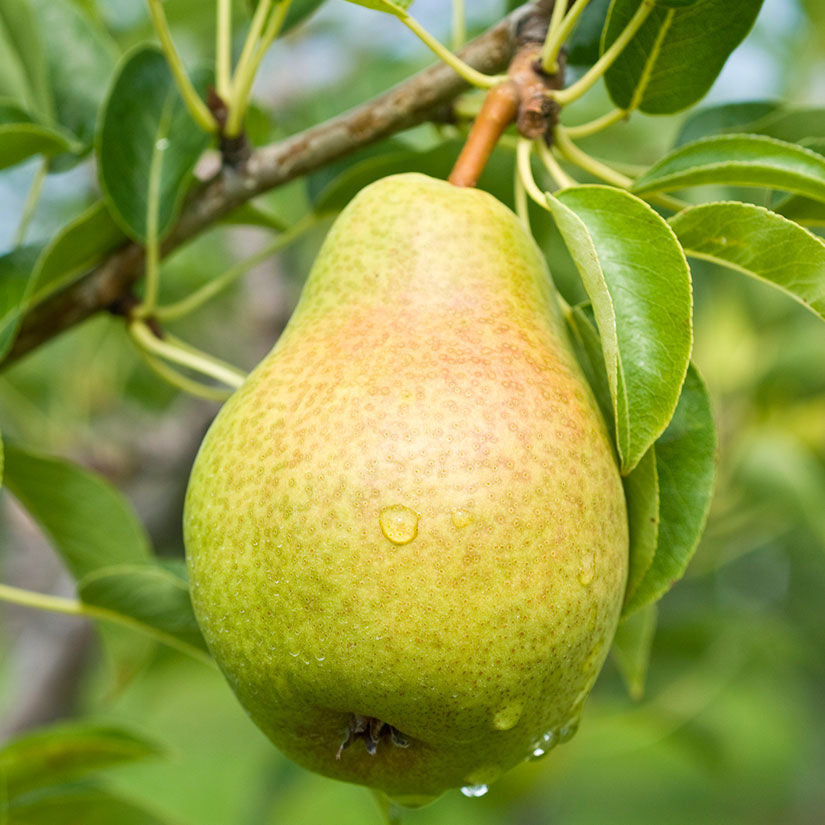
Bartlett Dwarf Pear
Introduced over 200 years ago, Bartlett is an heirloom still widely used commercially and is a home garden favorite for fresh eating and canning. Golden-yellow fruits blushed with red have juicy, fine-grained flesh and sweet, rich flavor. Vigorous, productive trees bear at a young age. Fruit ripens late August. Pollination partners: Clapp's Favorite or Ubileen.
-
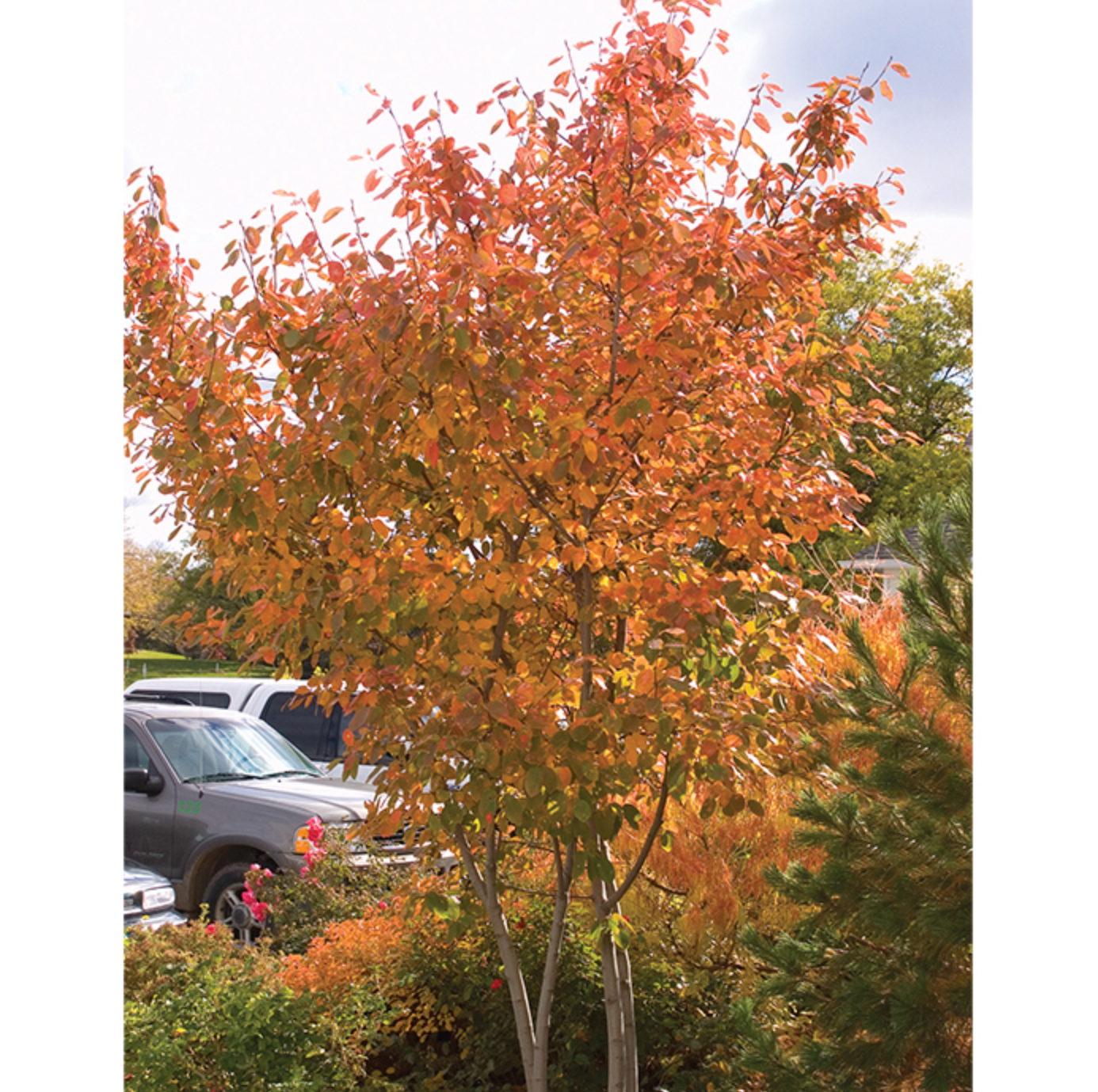
Autumn Brilliance Serviceberry
Zones 3-8 Highly ornamental trees offer three seasons of interest. In spring, the trees are filled with snowy white blooms and the newly emerging foliage has bronze tint. Dark, edible berries with blueberry-like flavor follow and the lanceolate foliage deepens to dark green. In fall, the leaves turn a brilliant orange.
